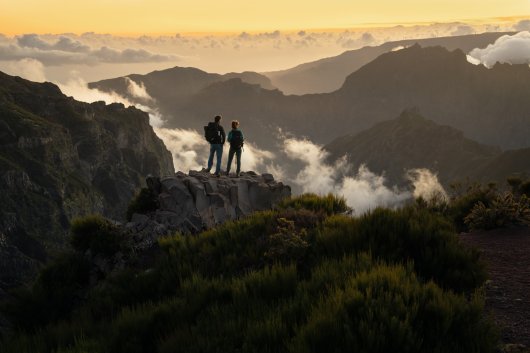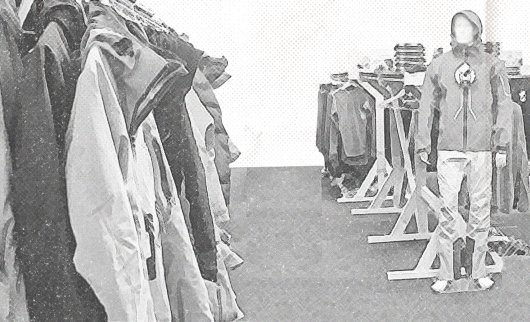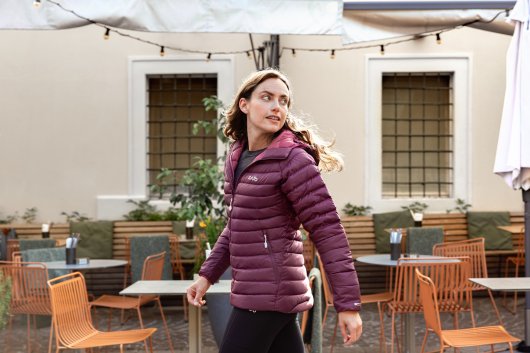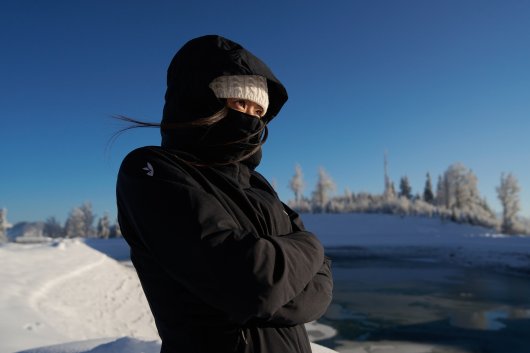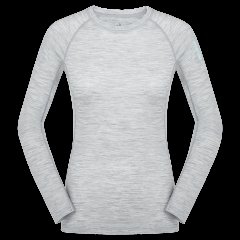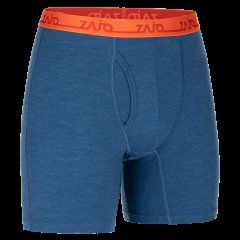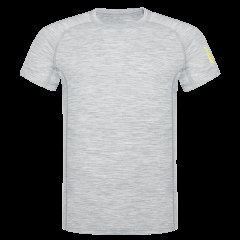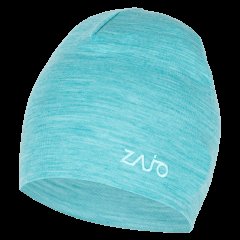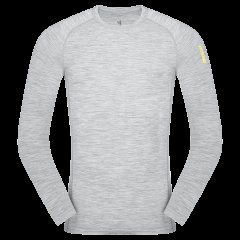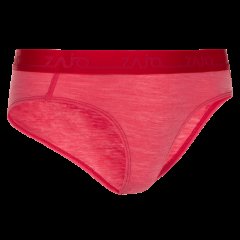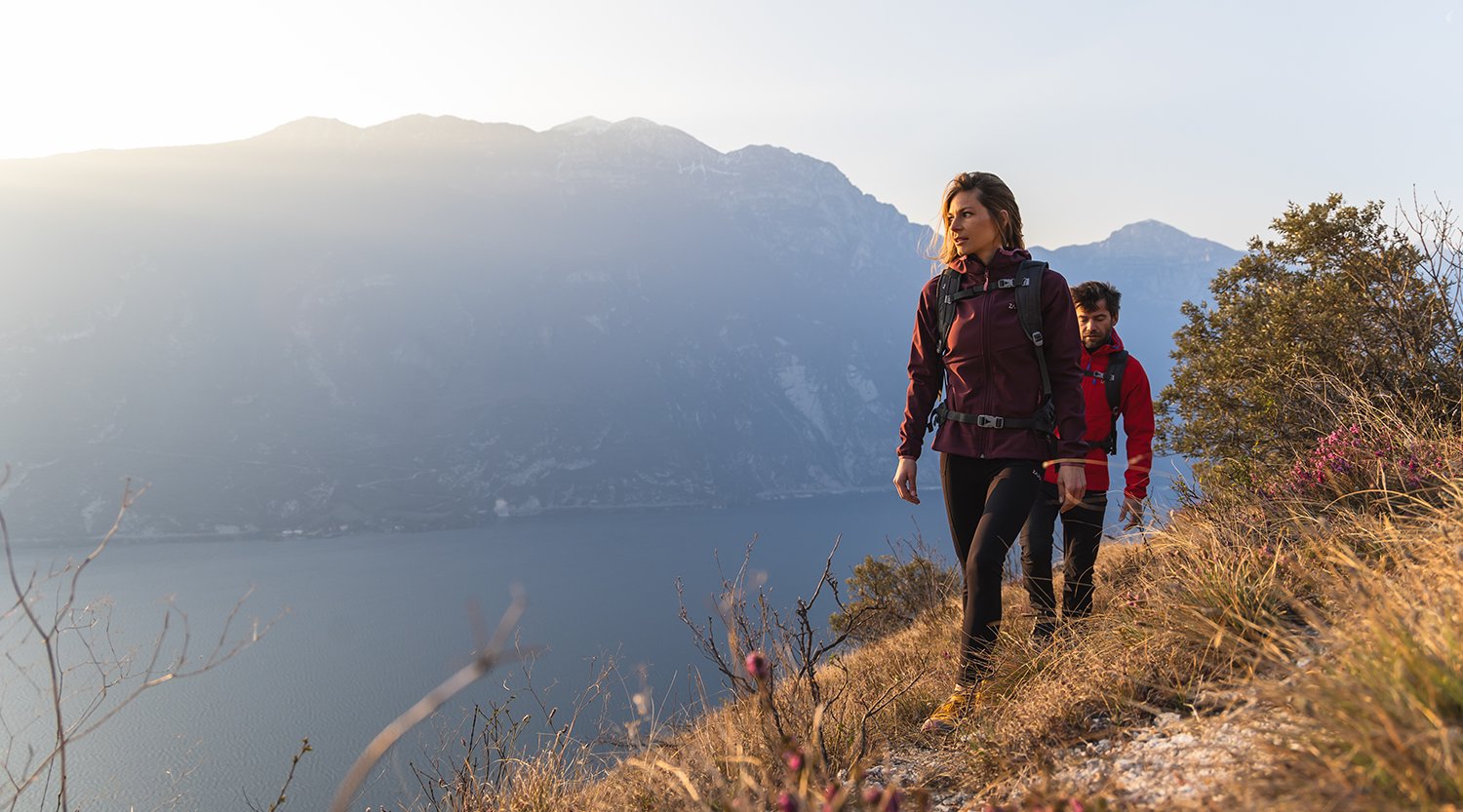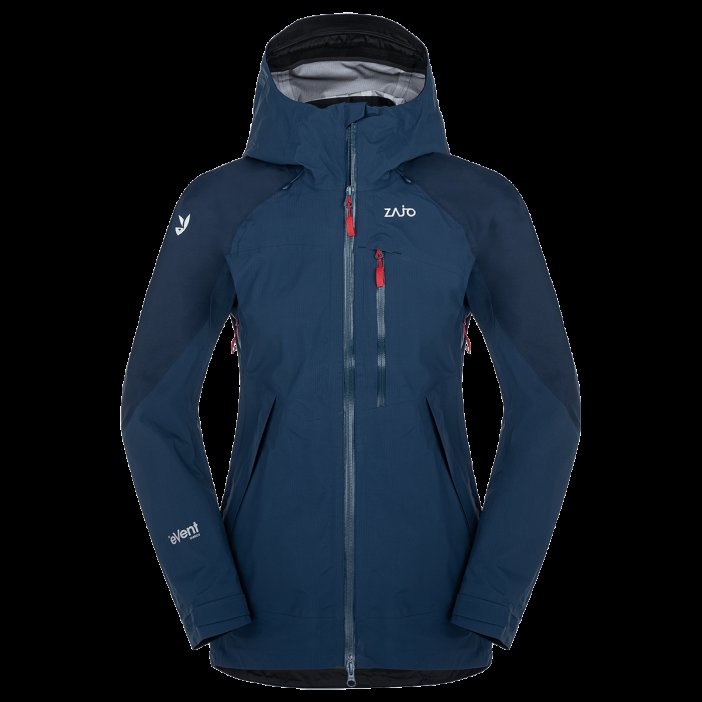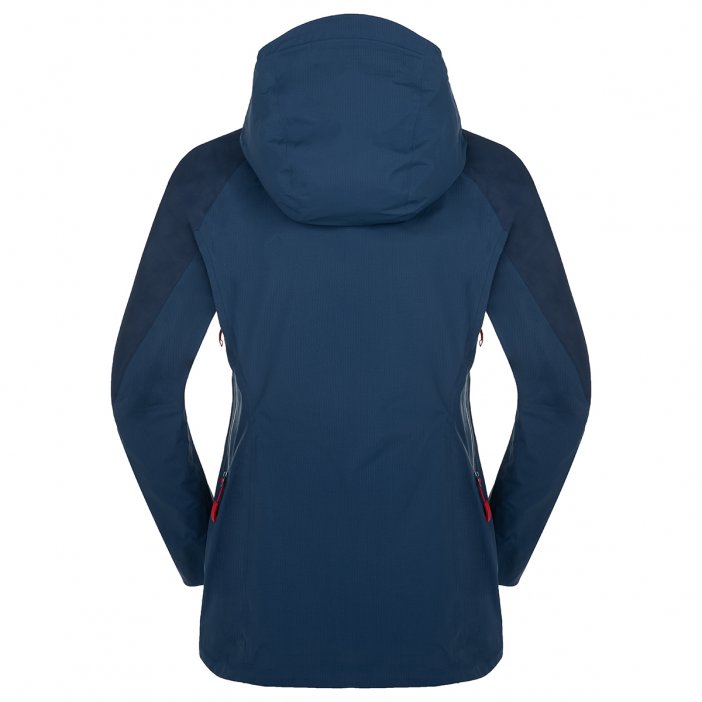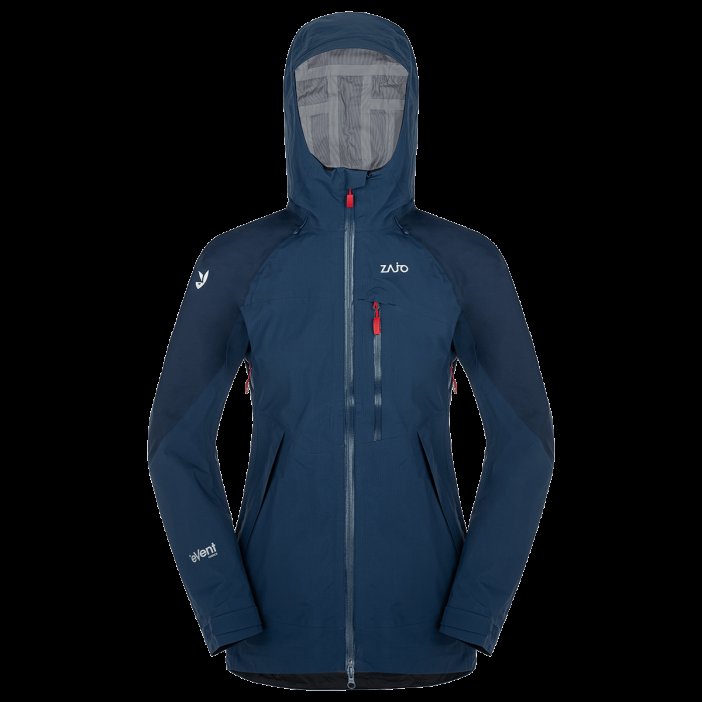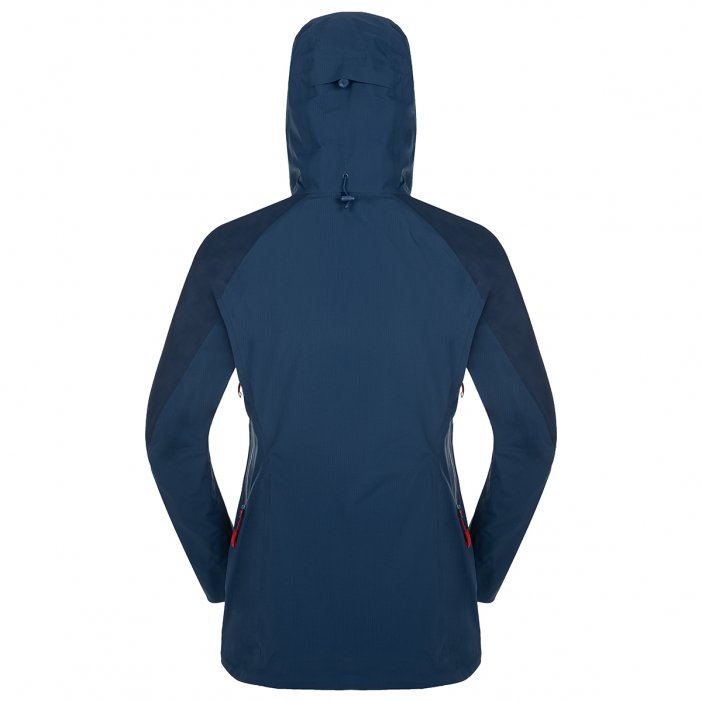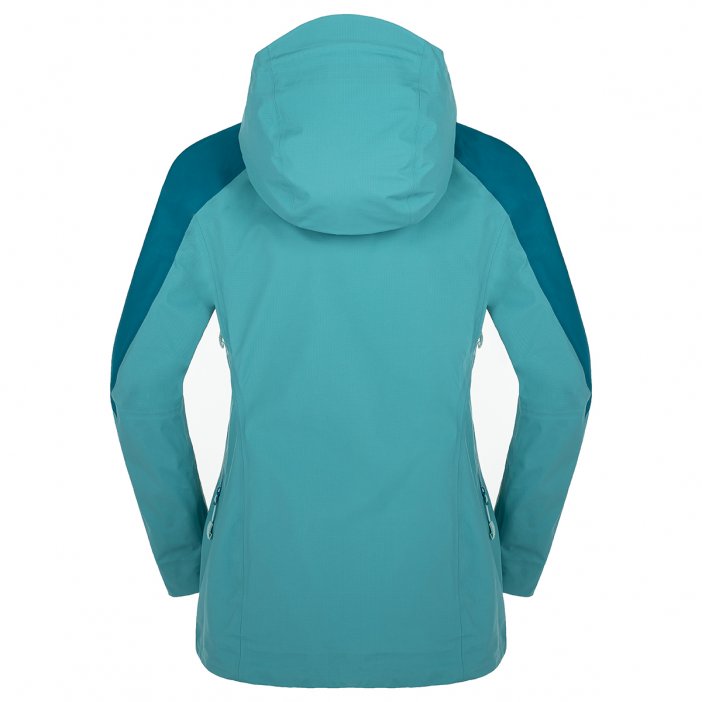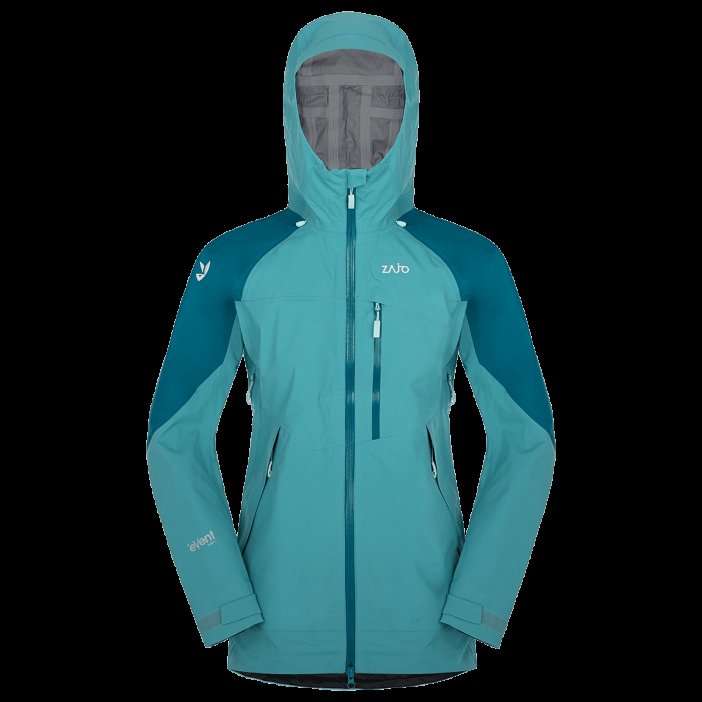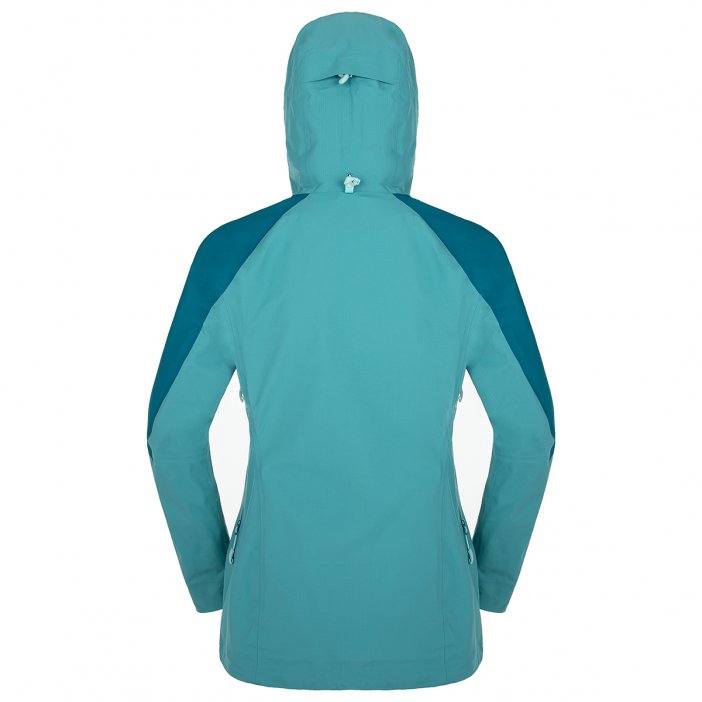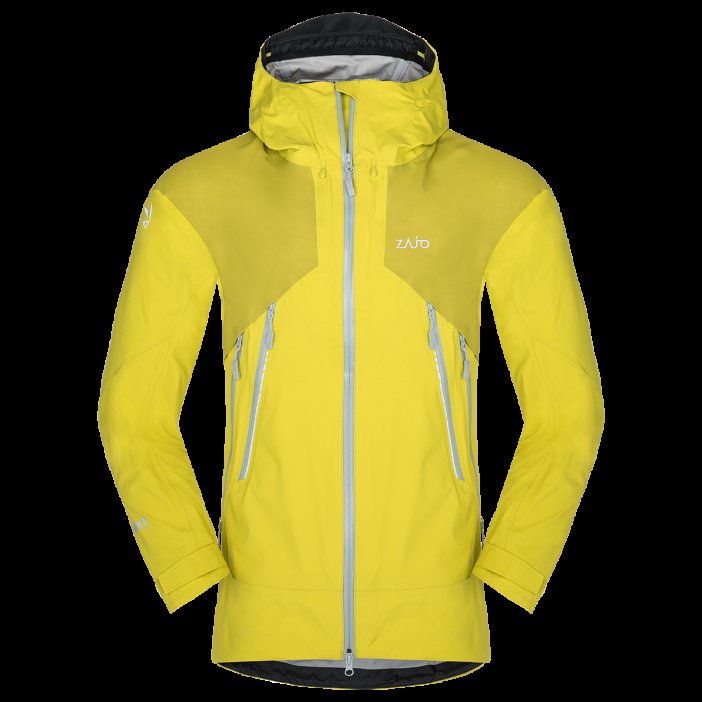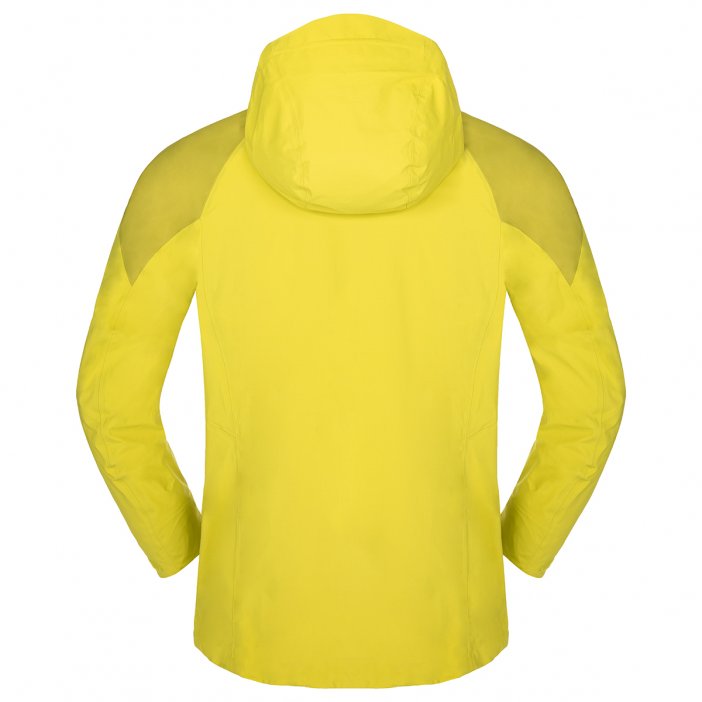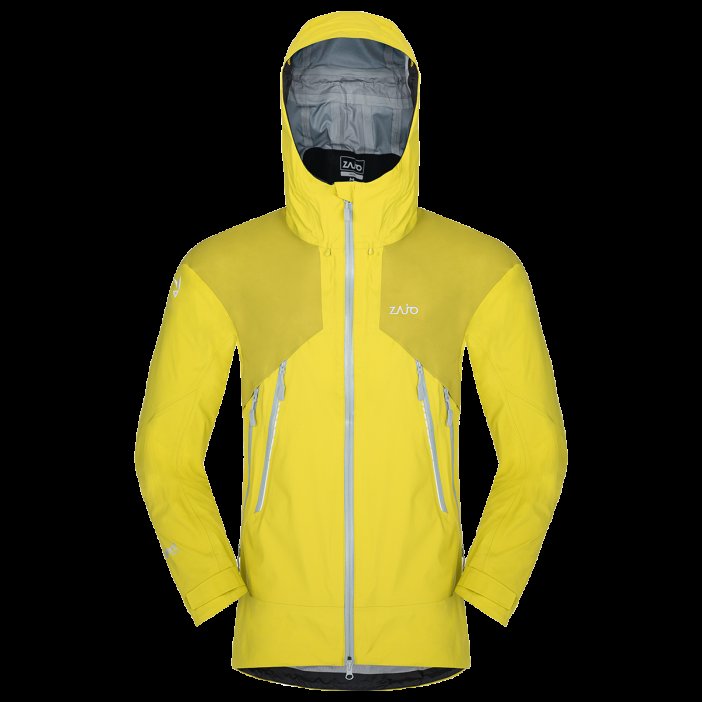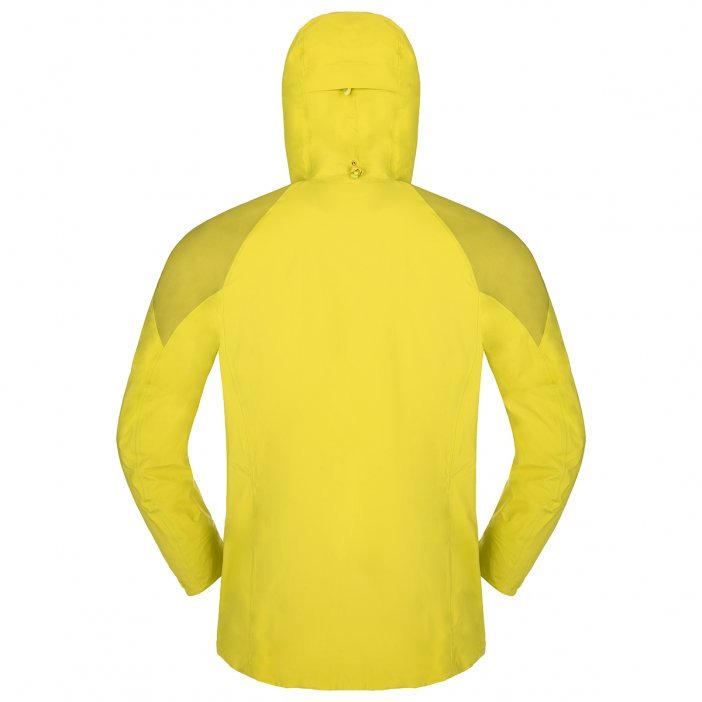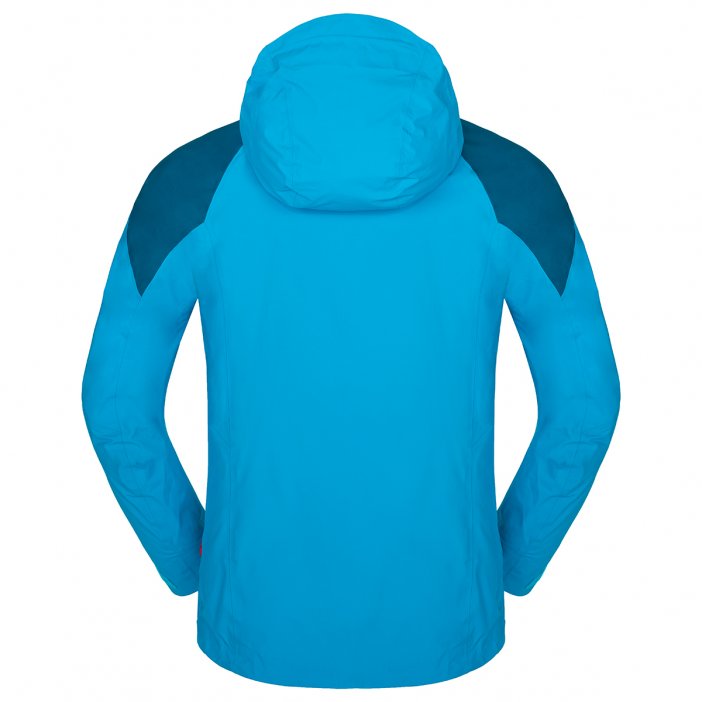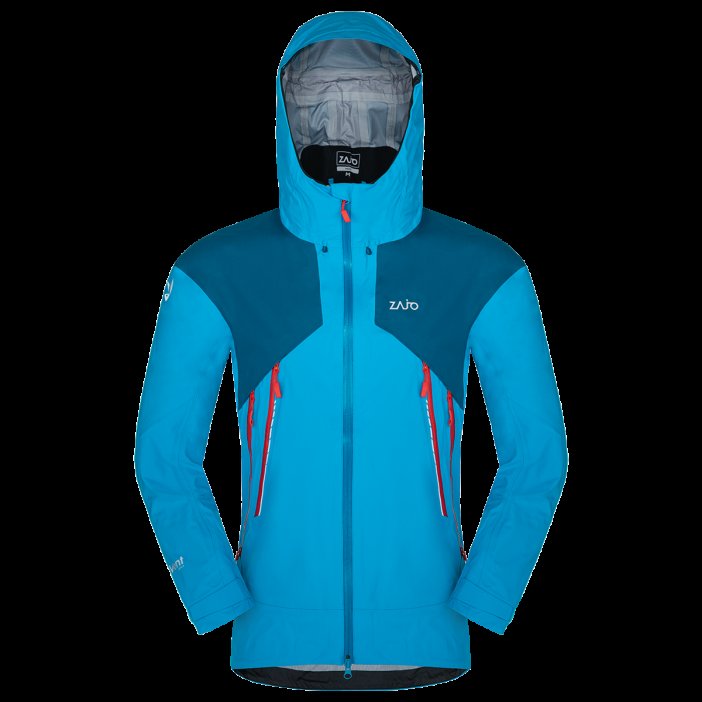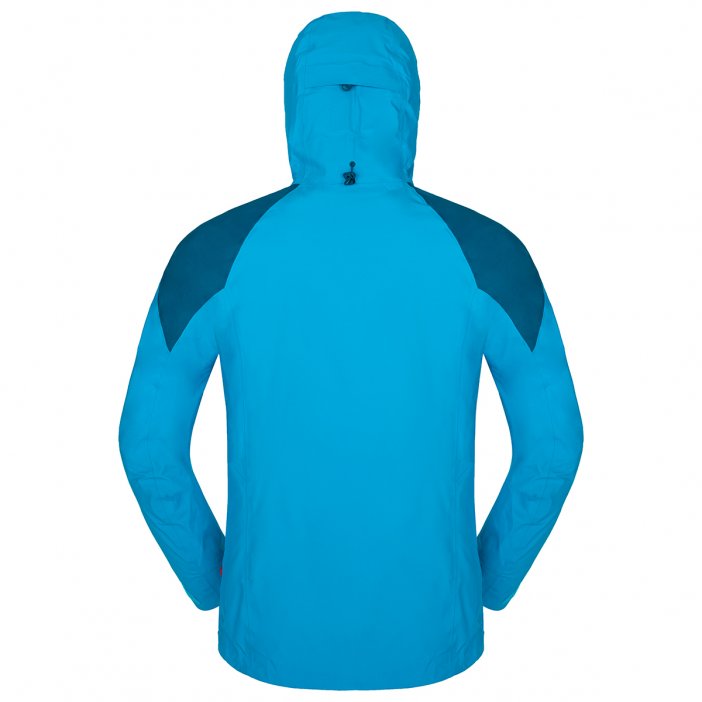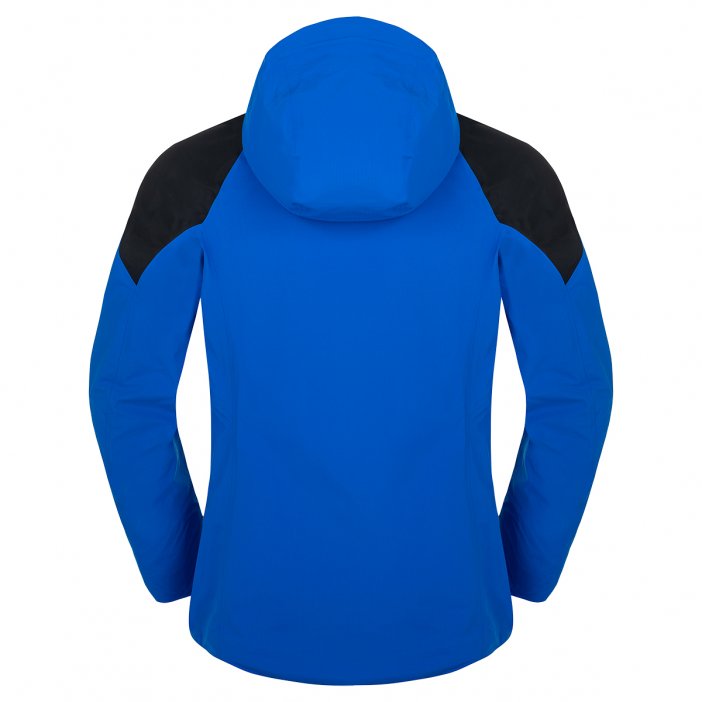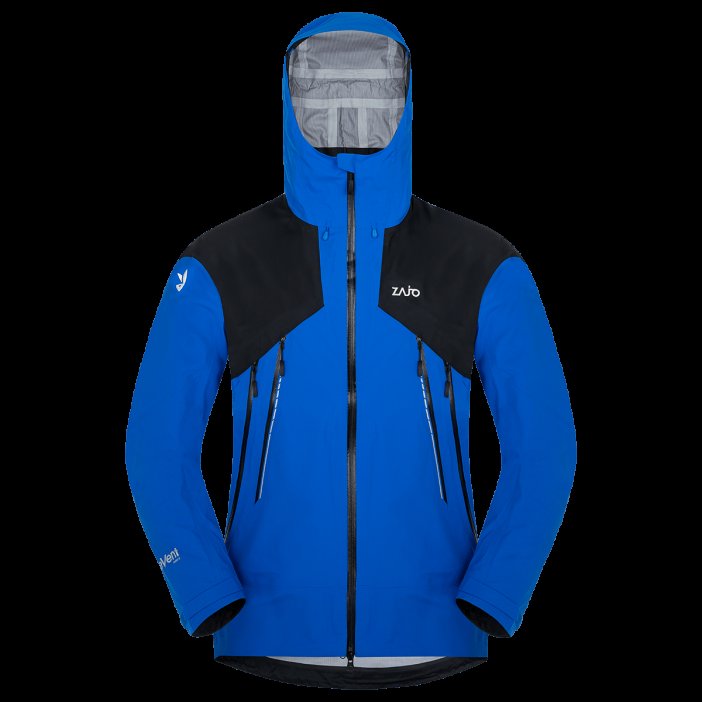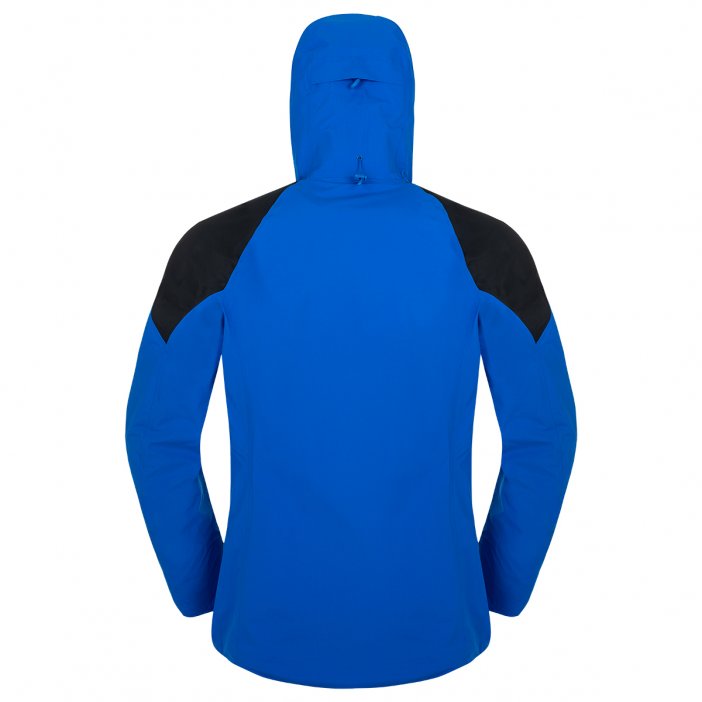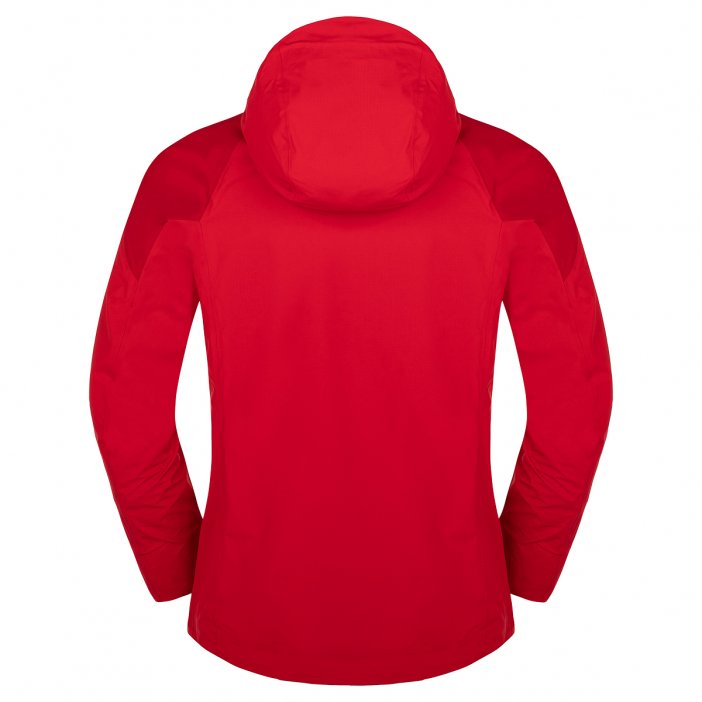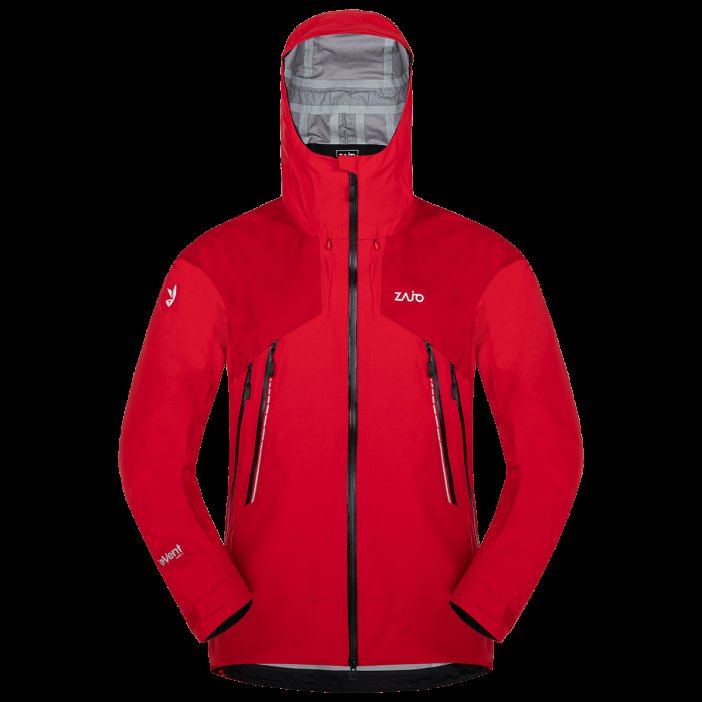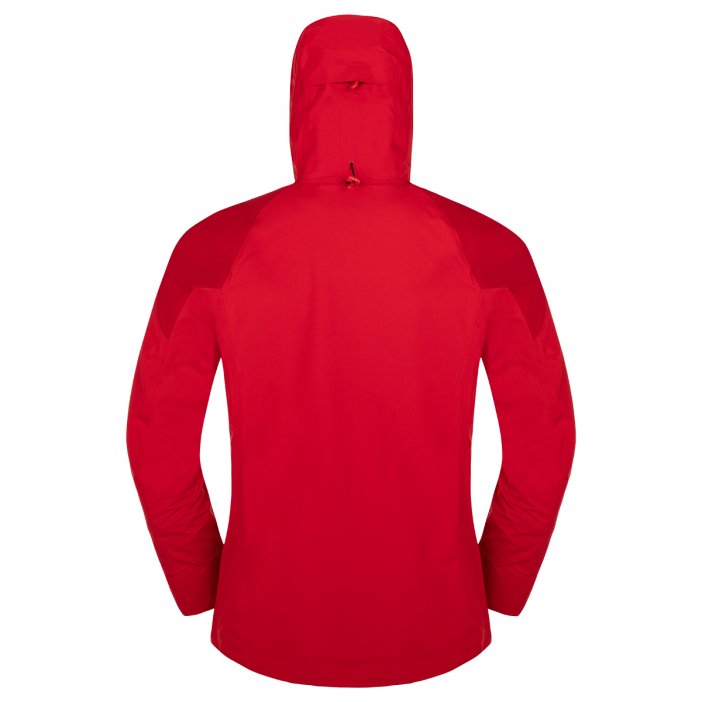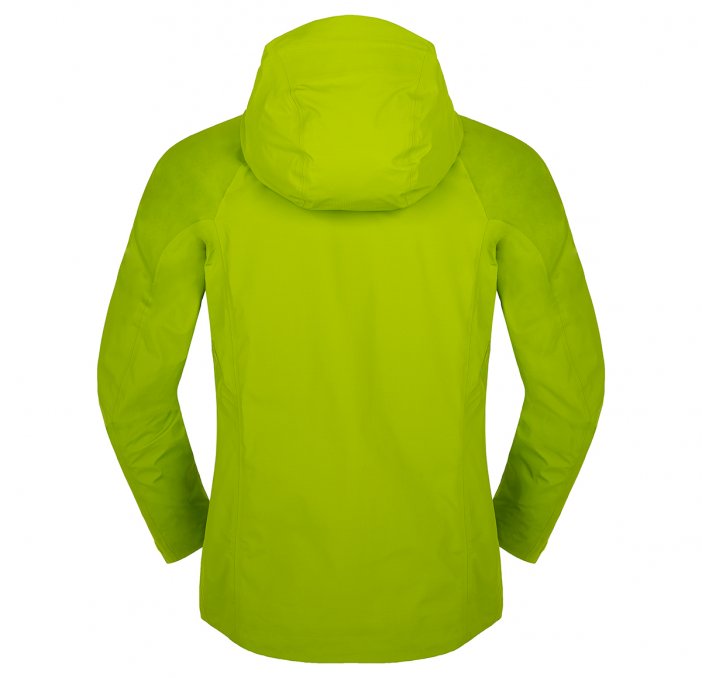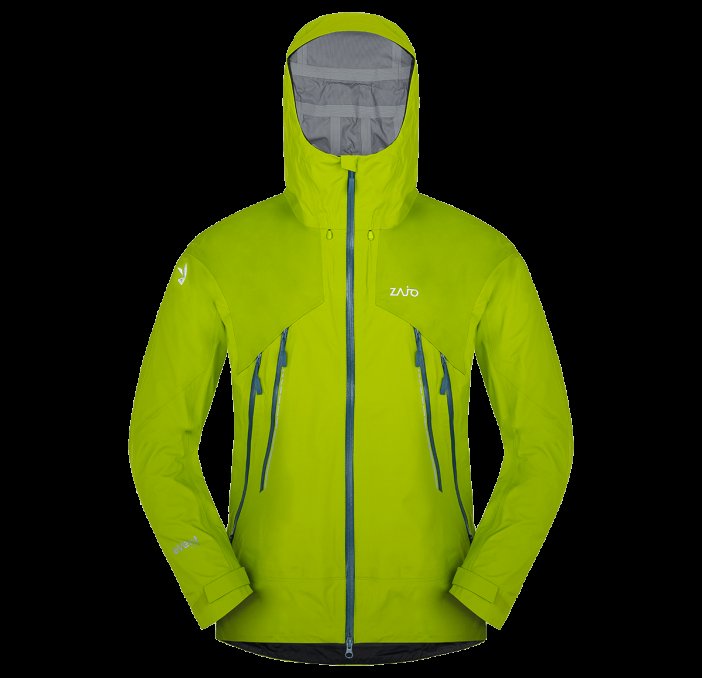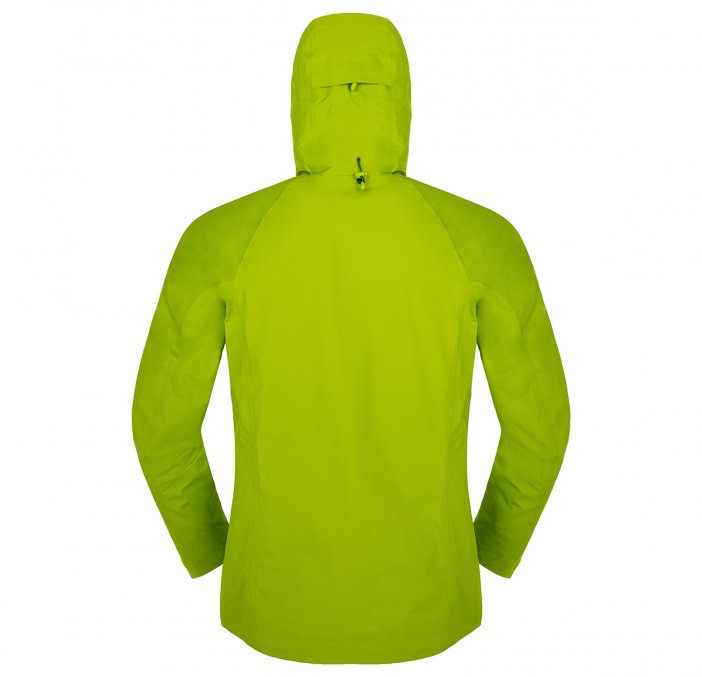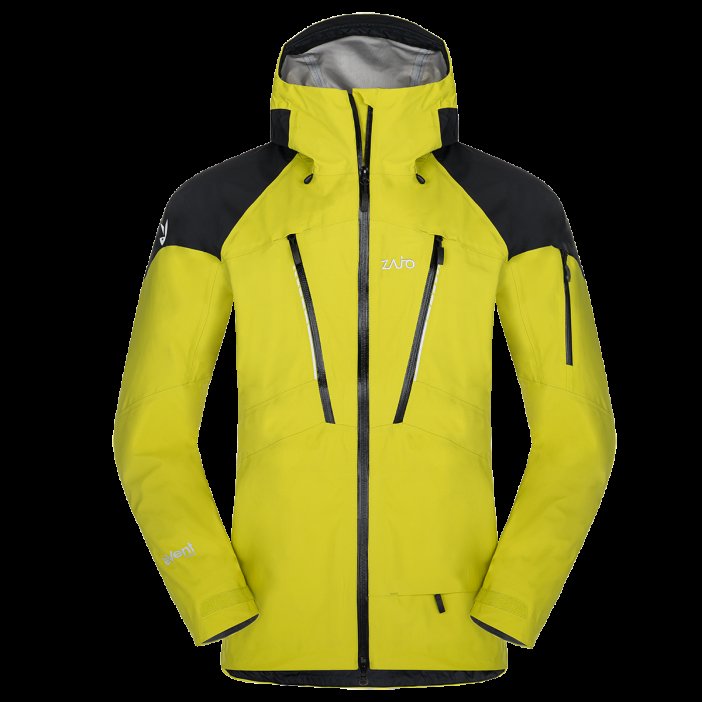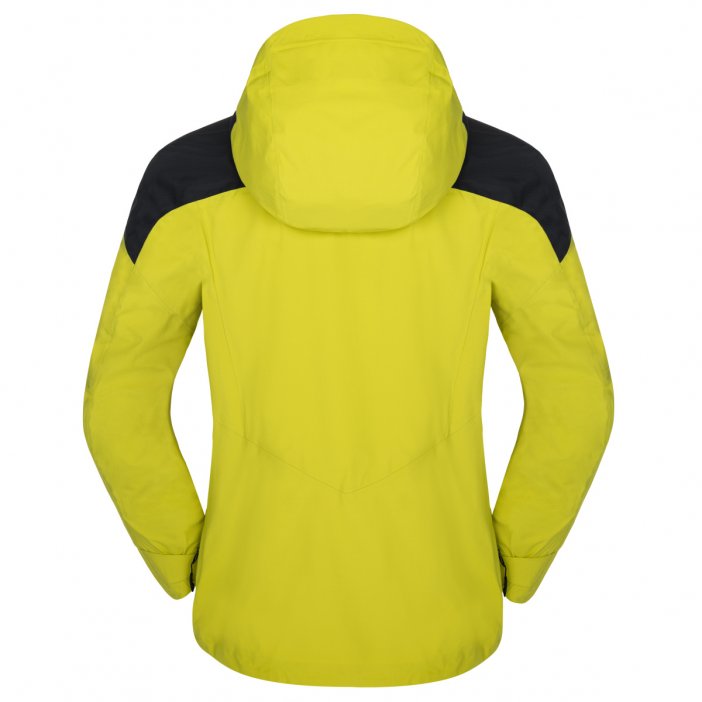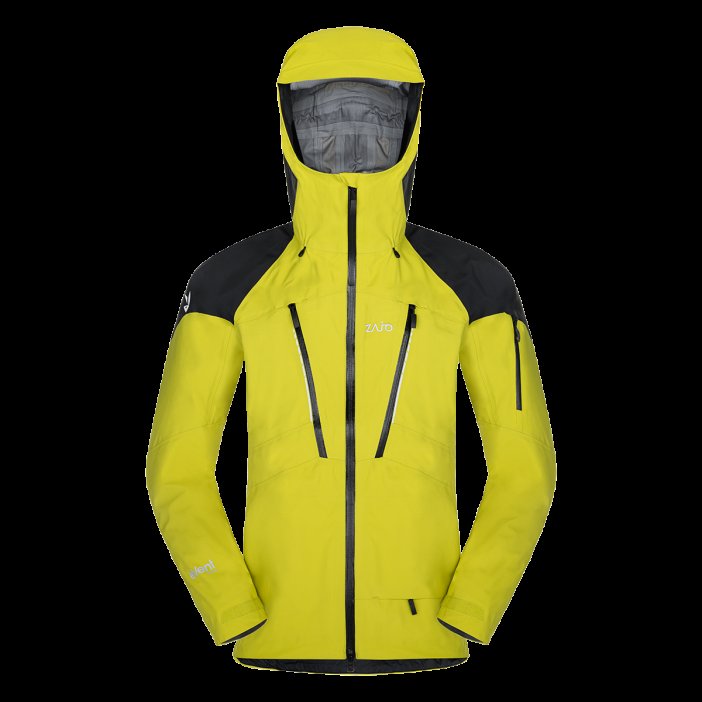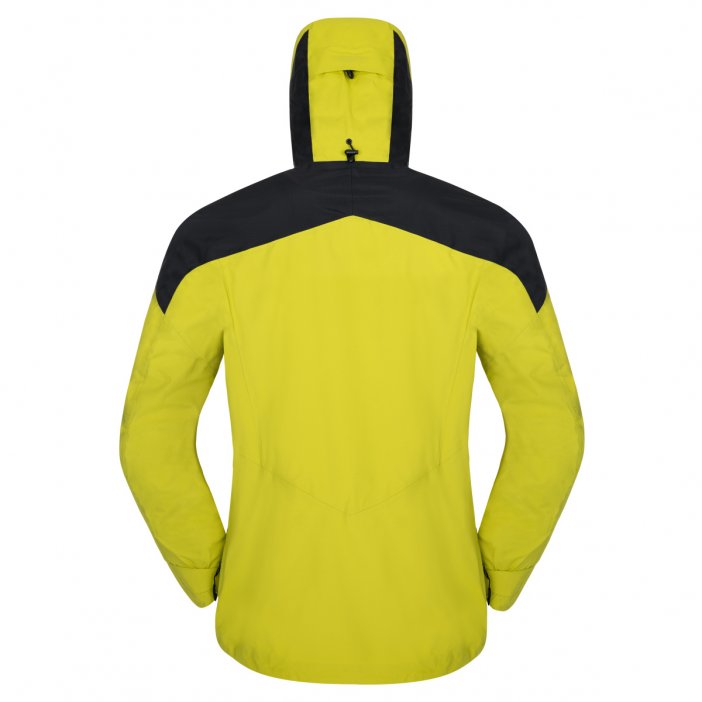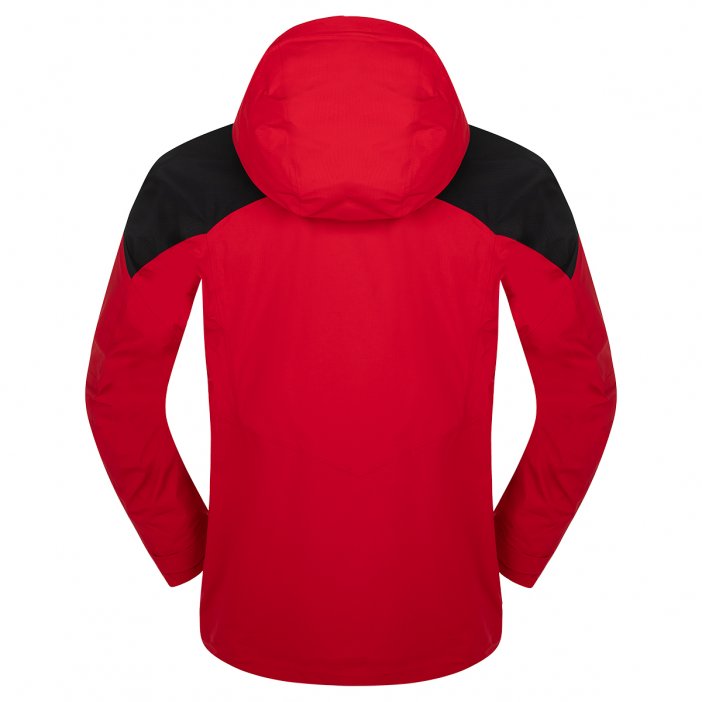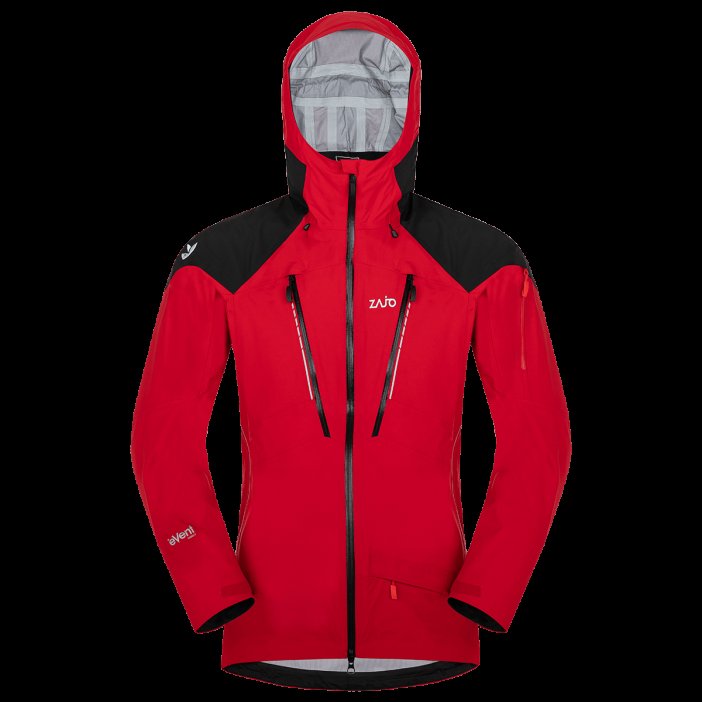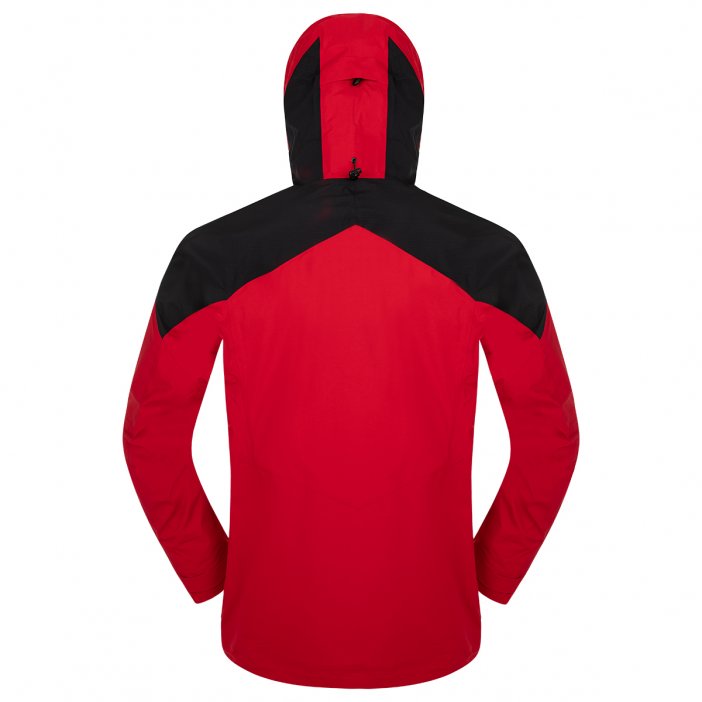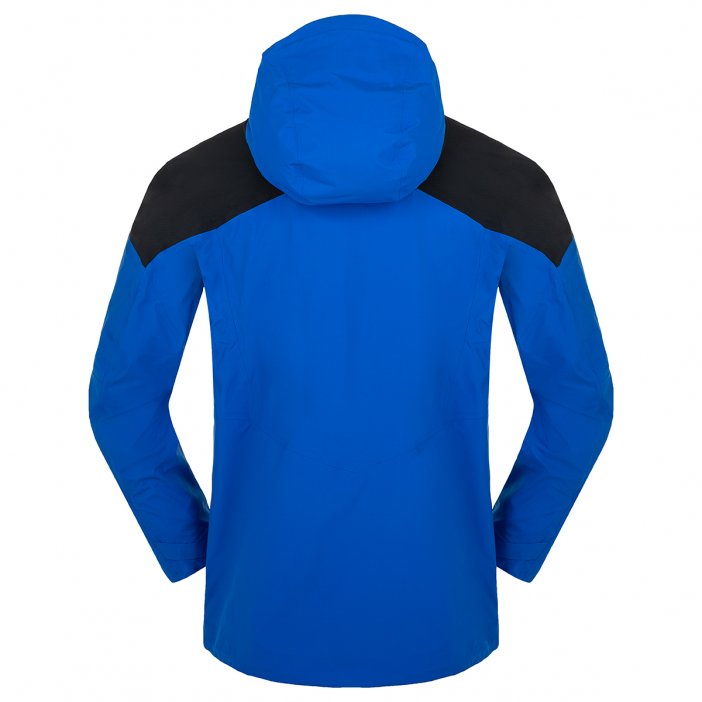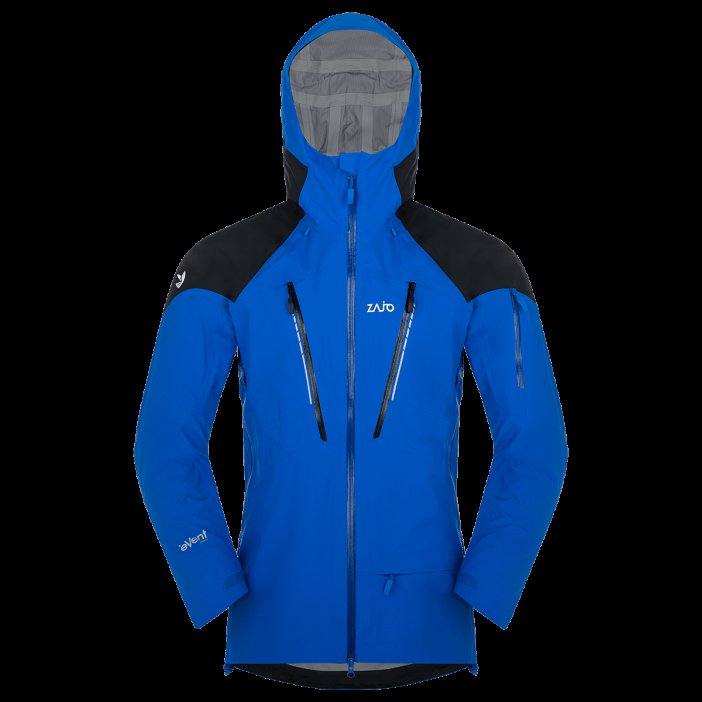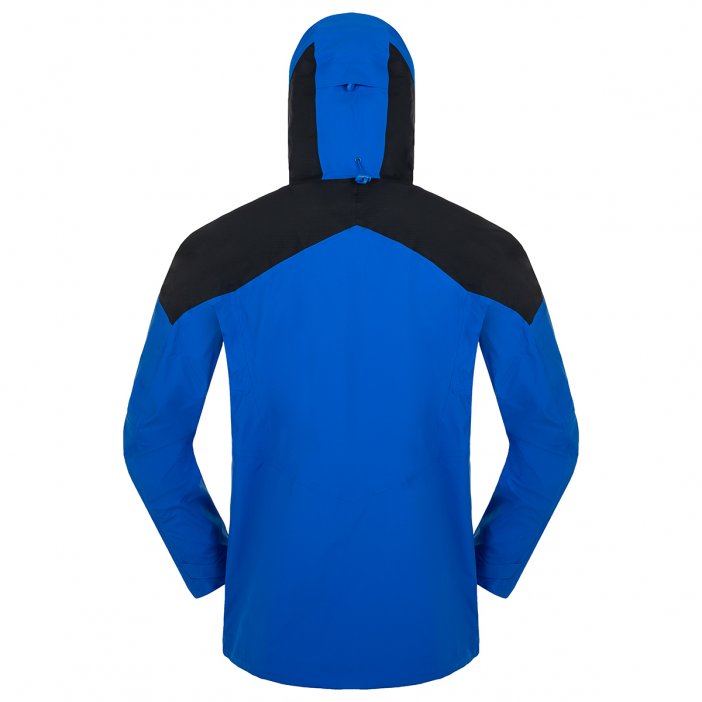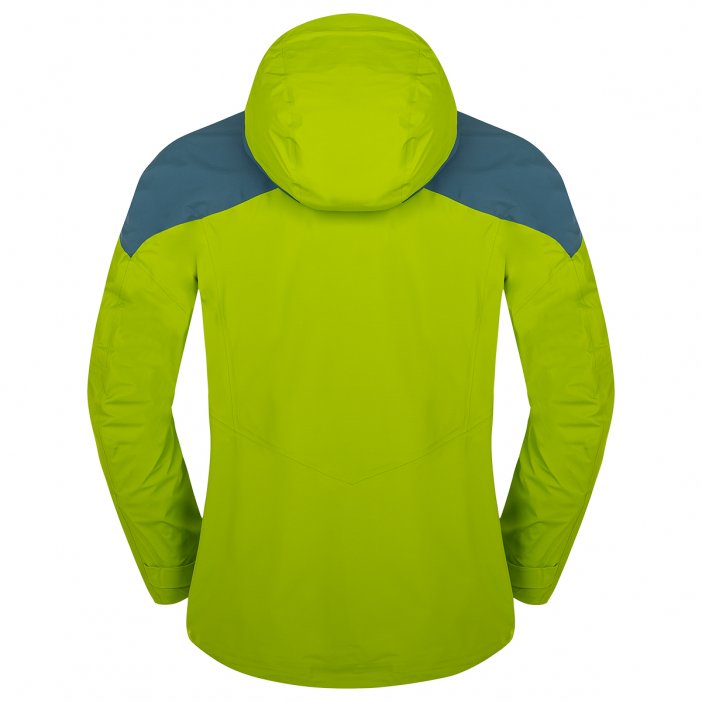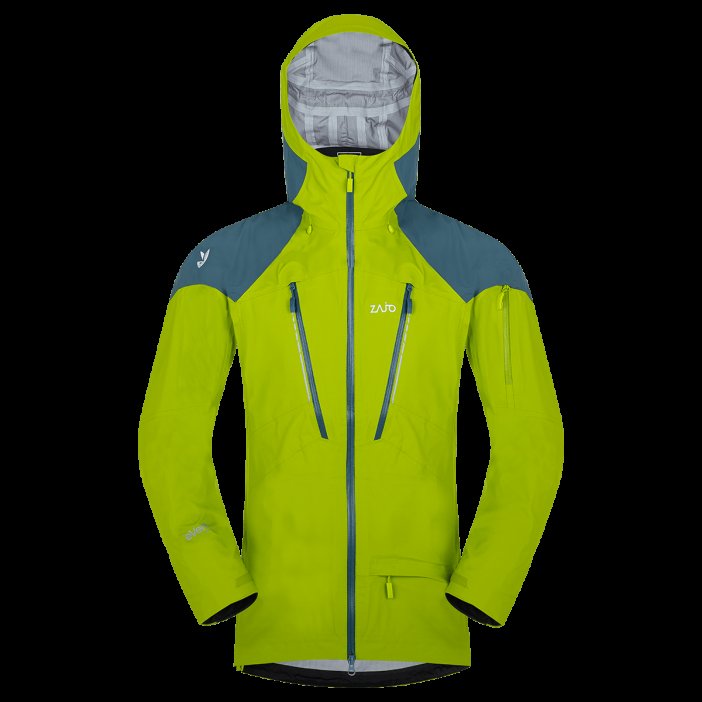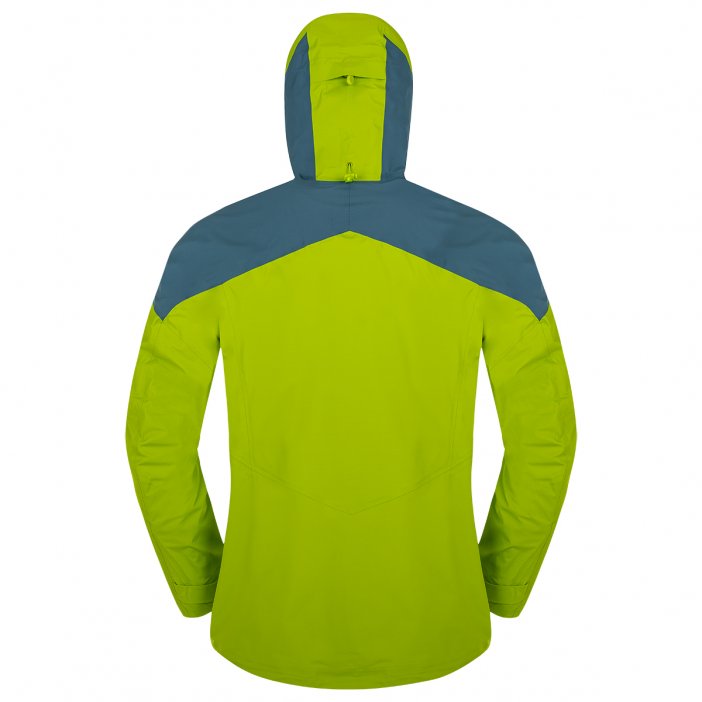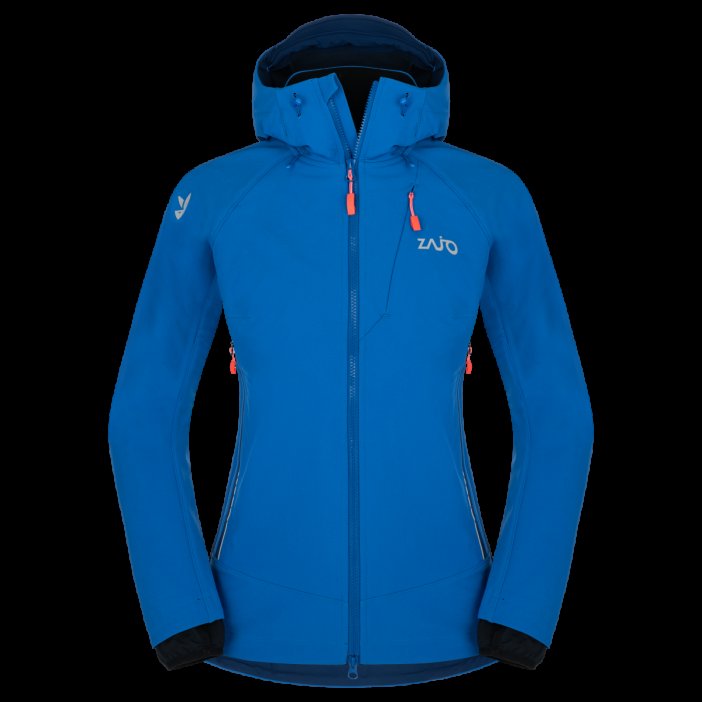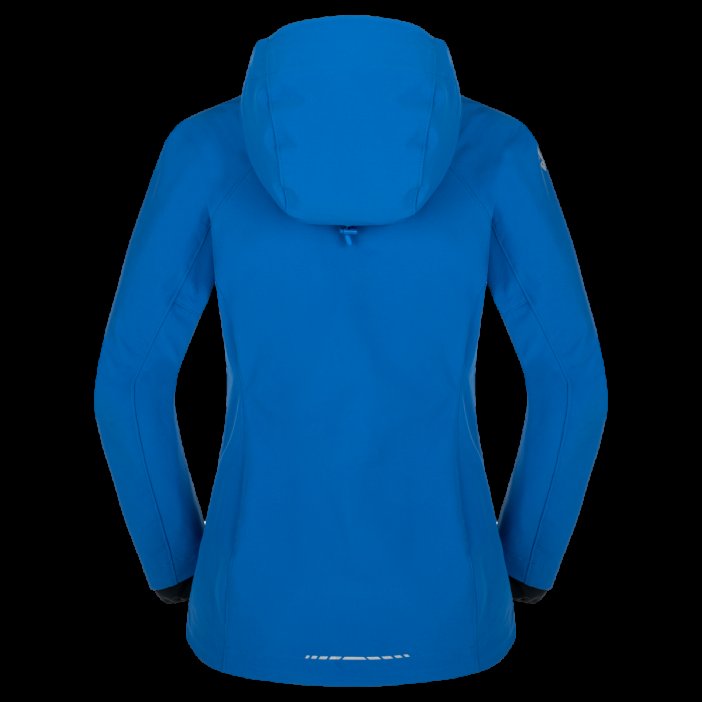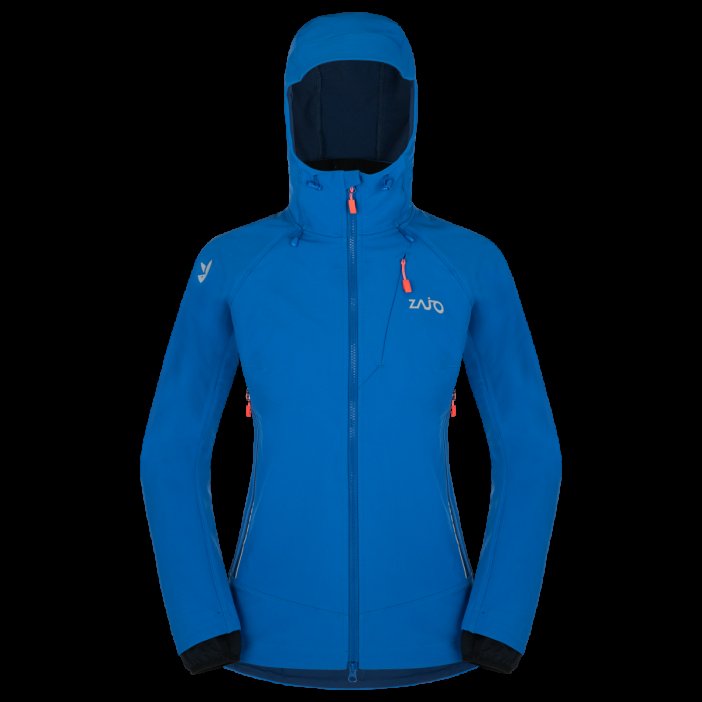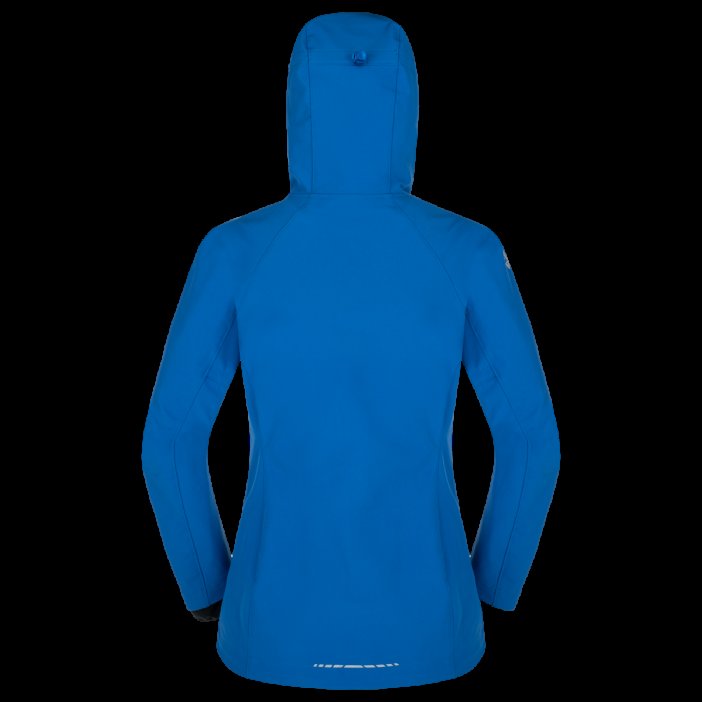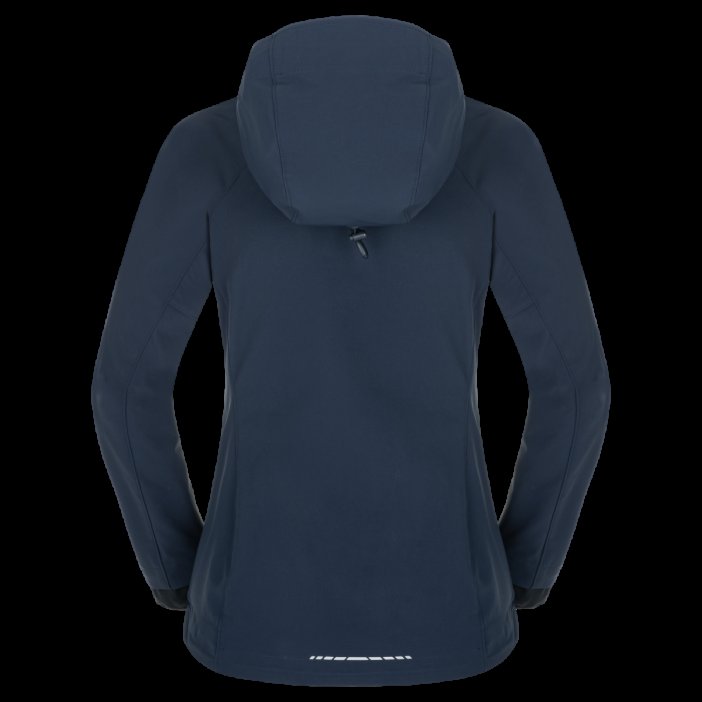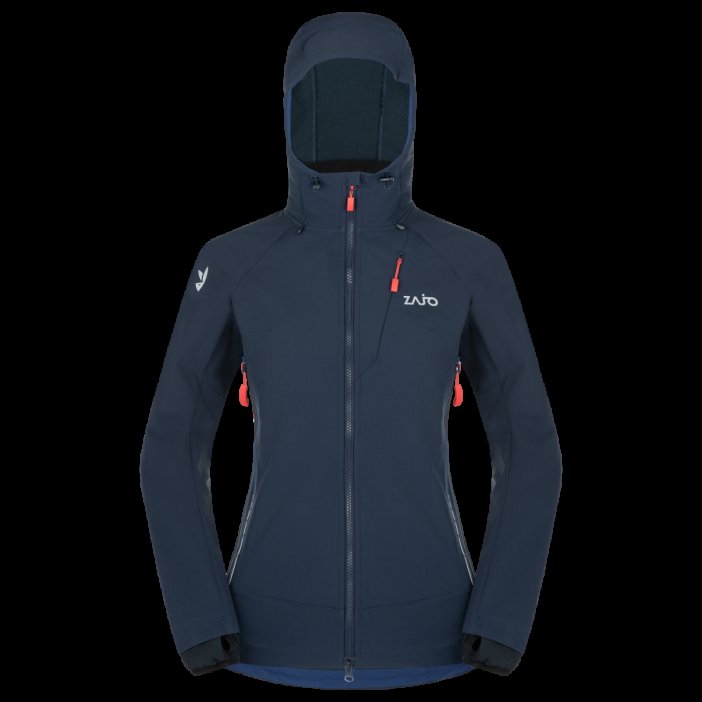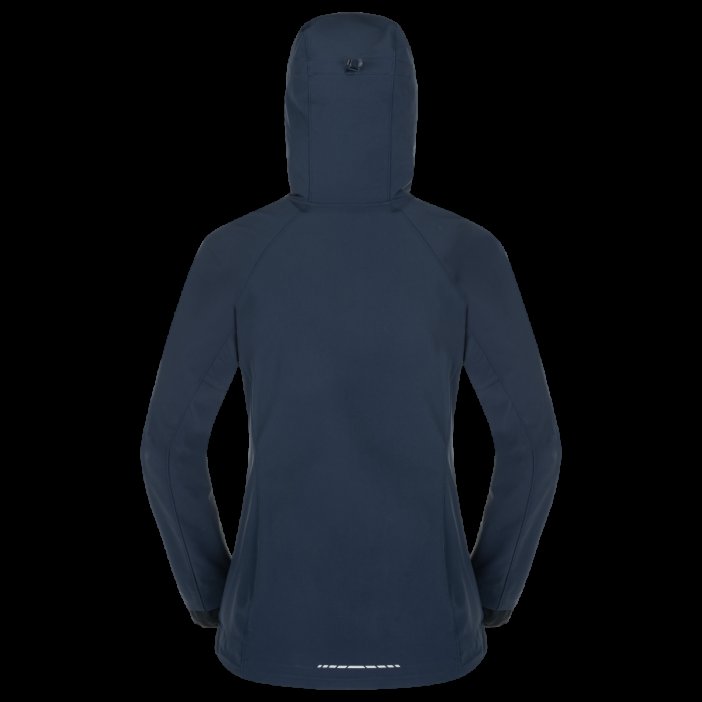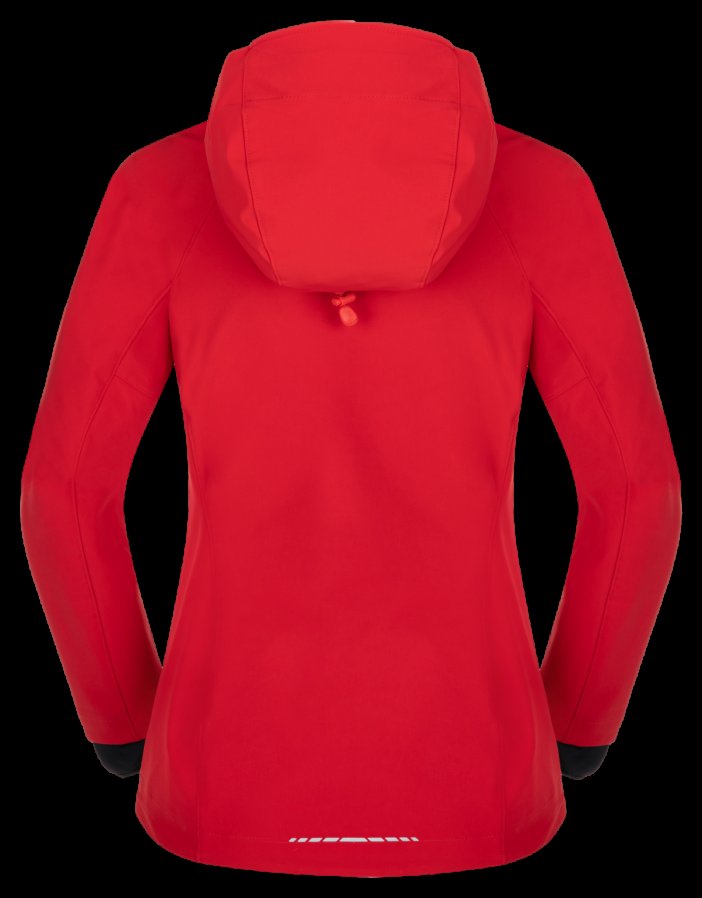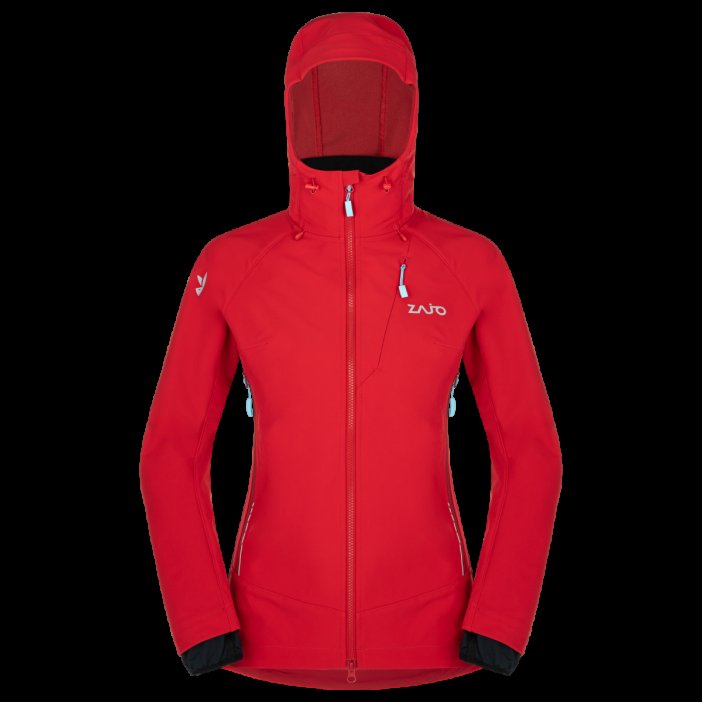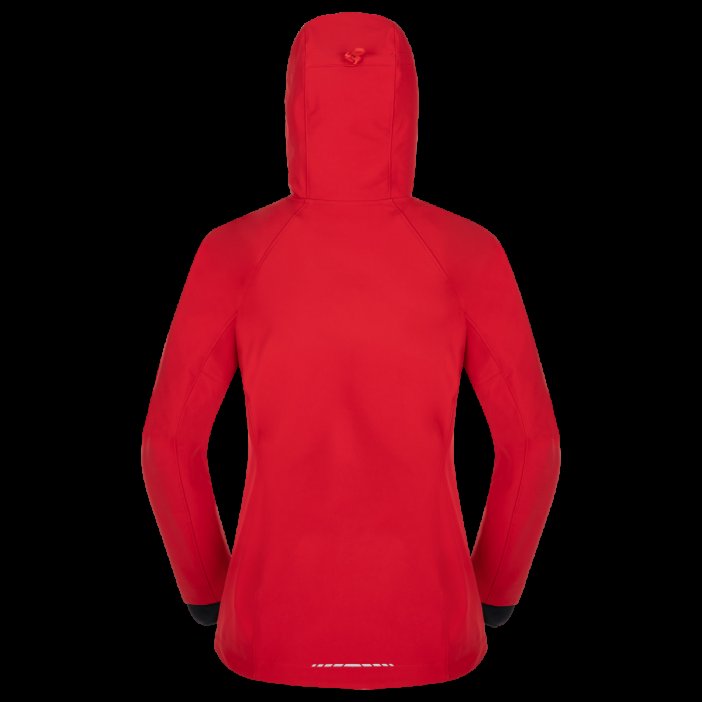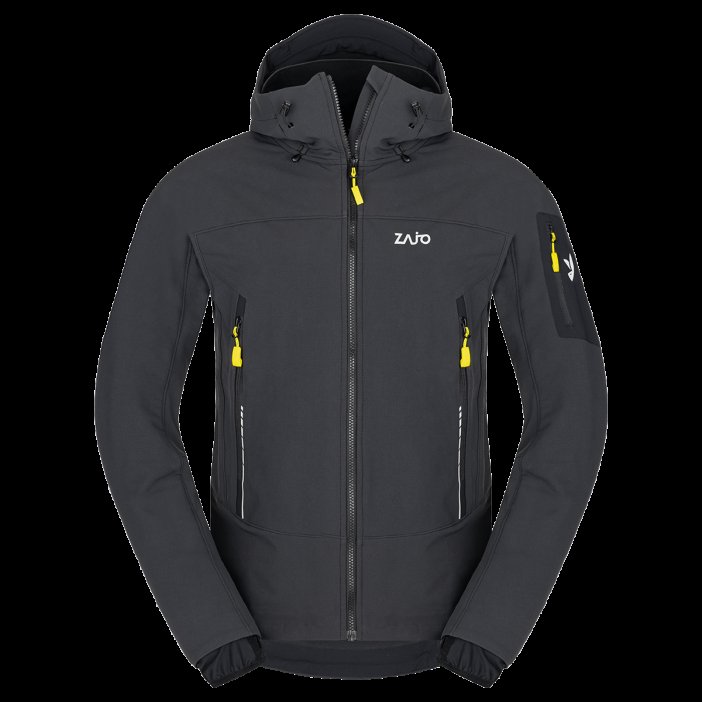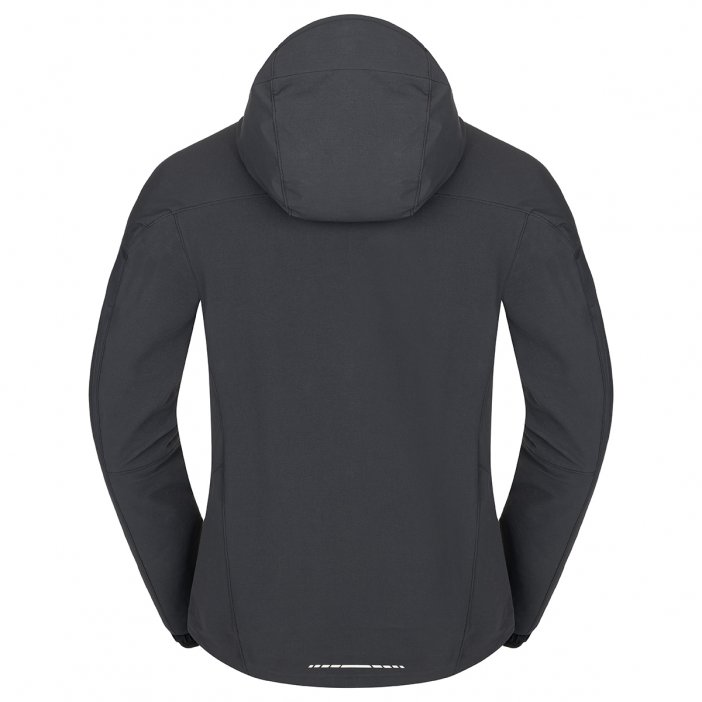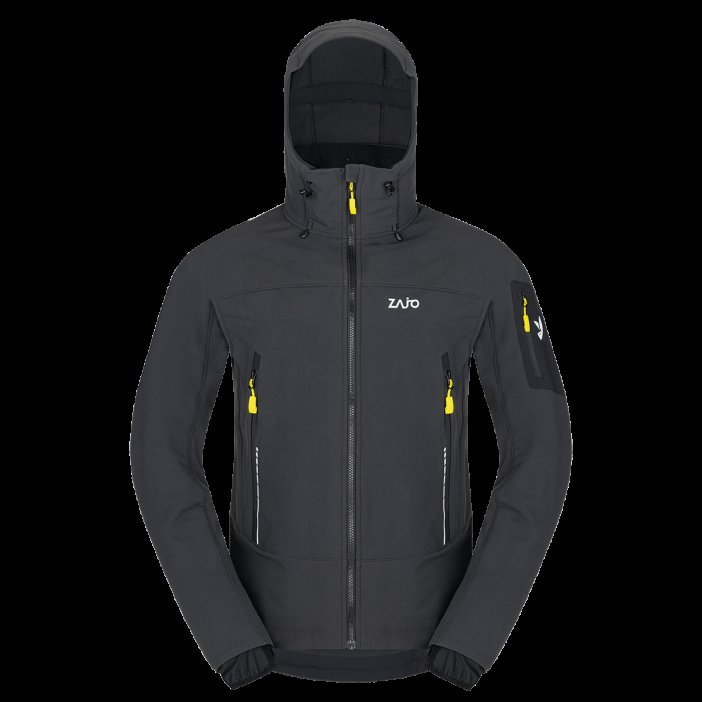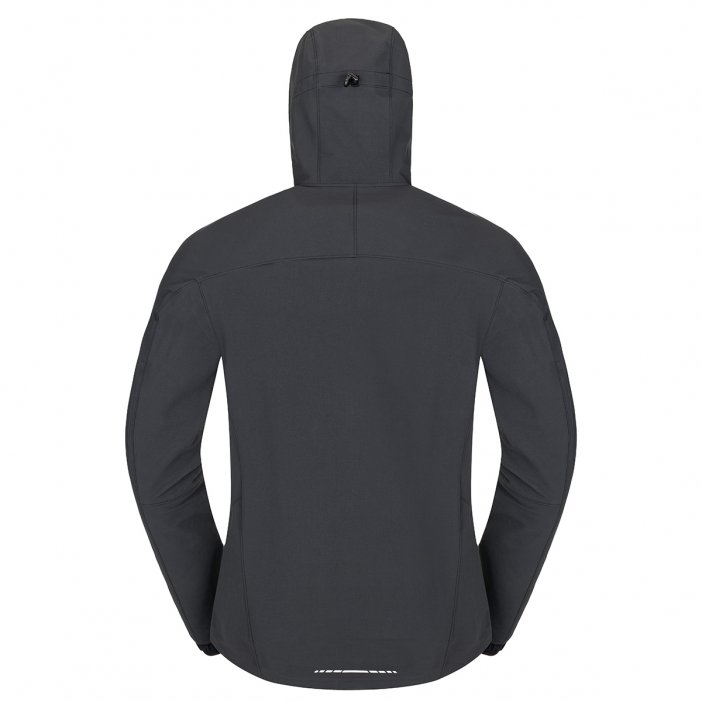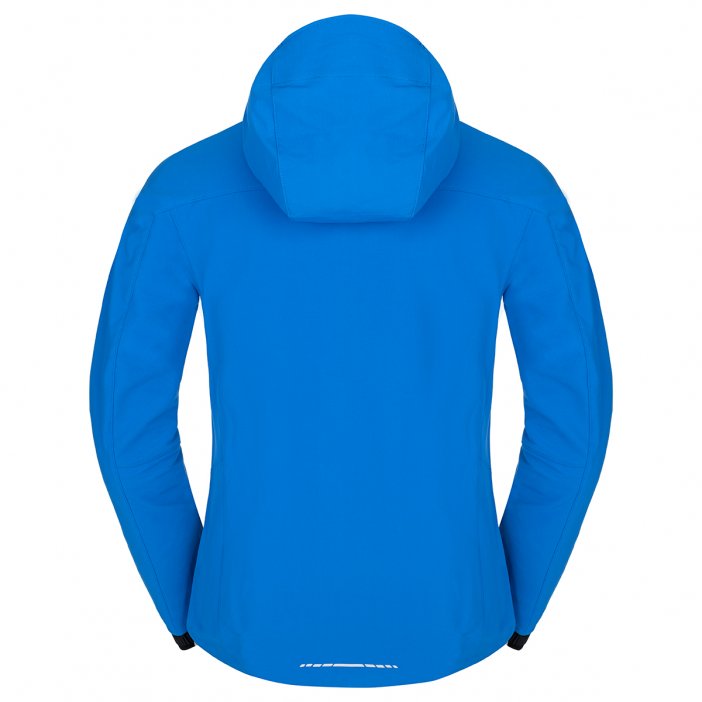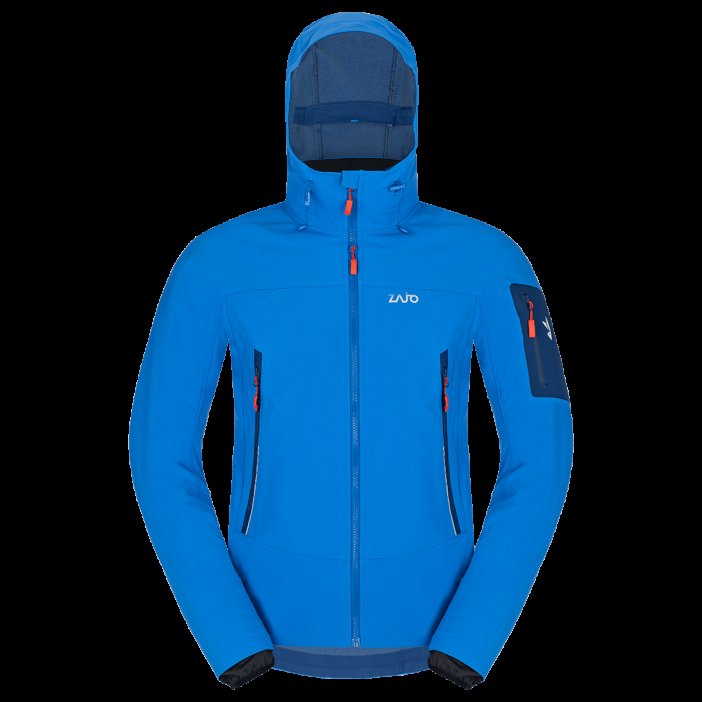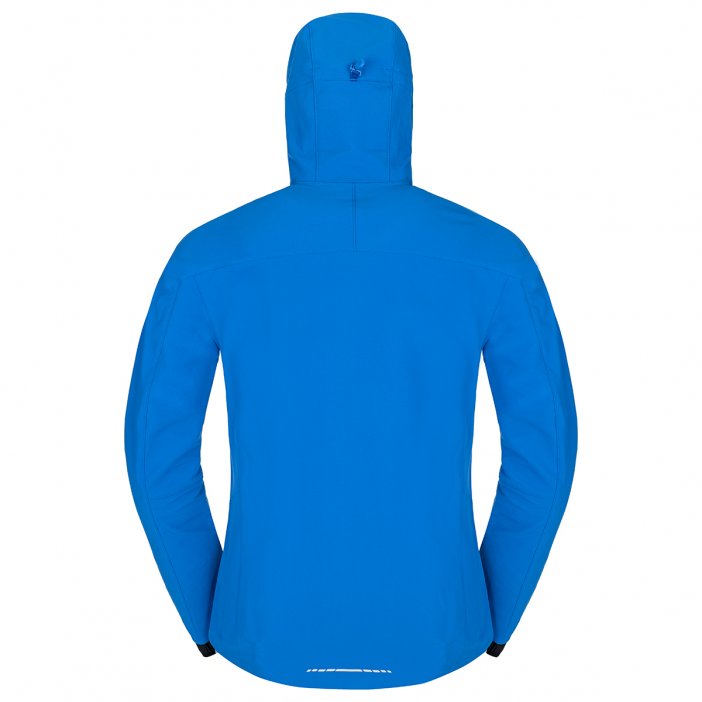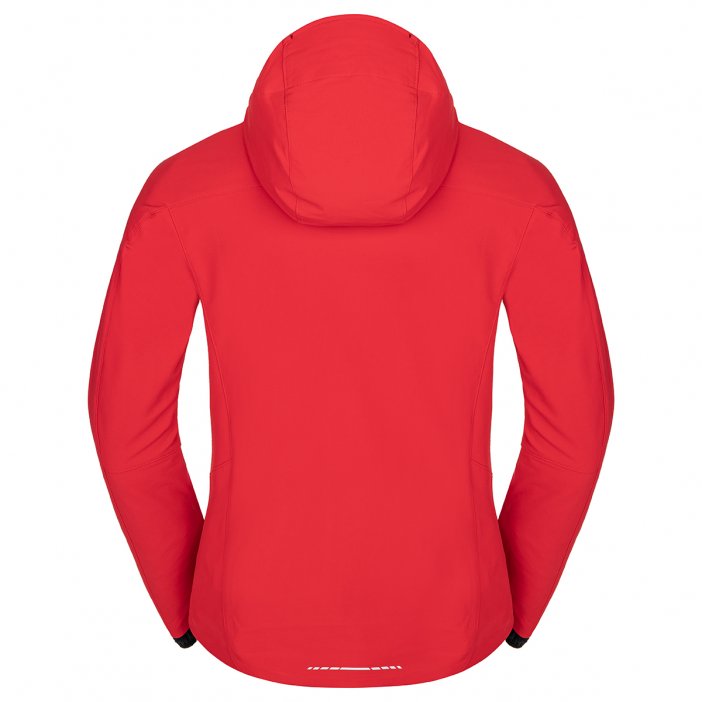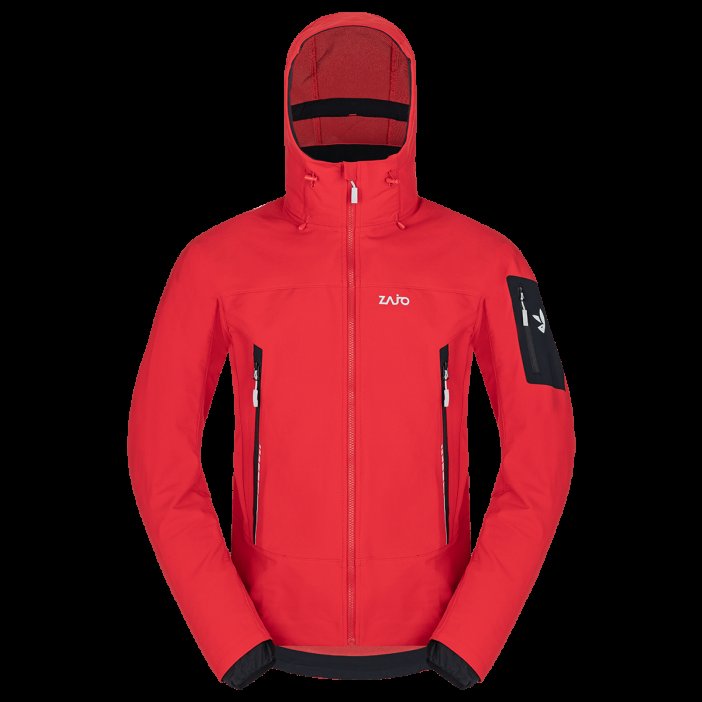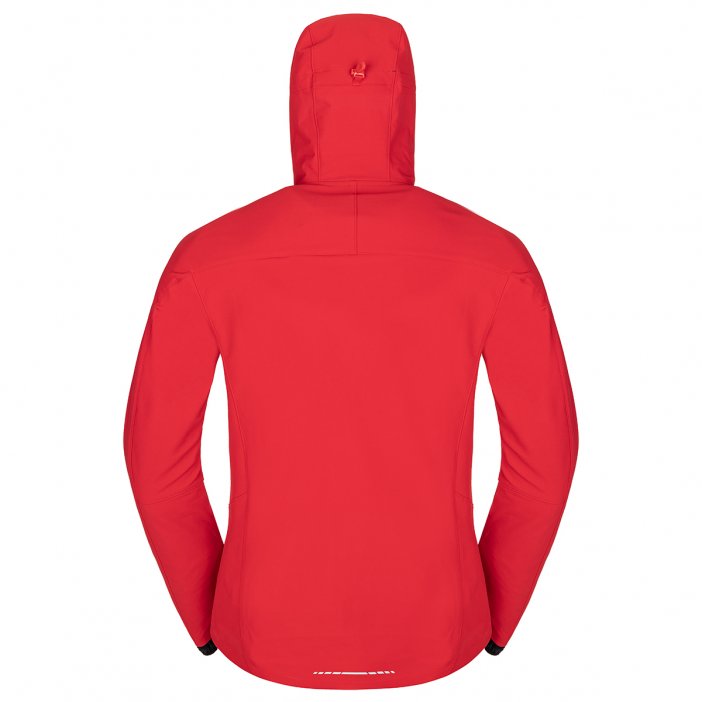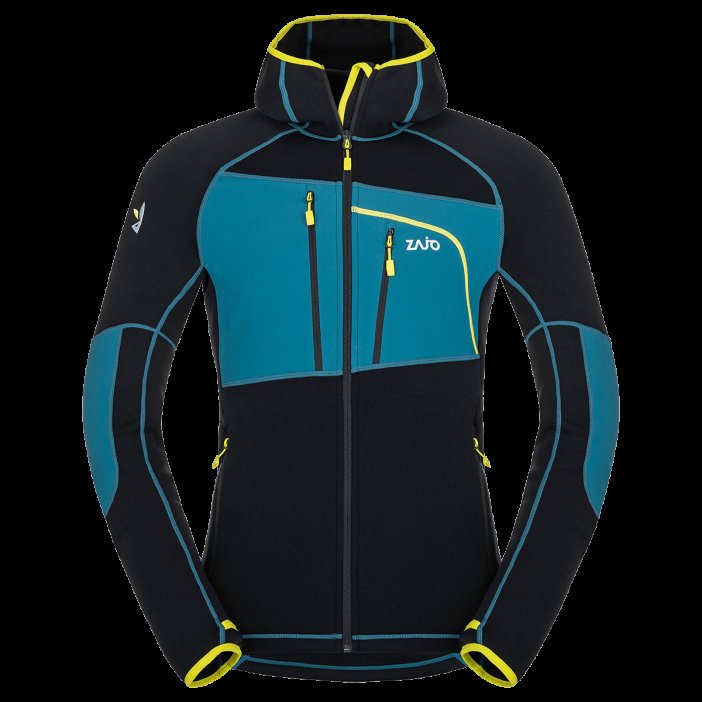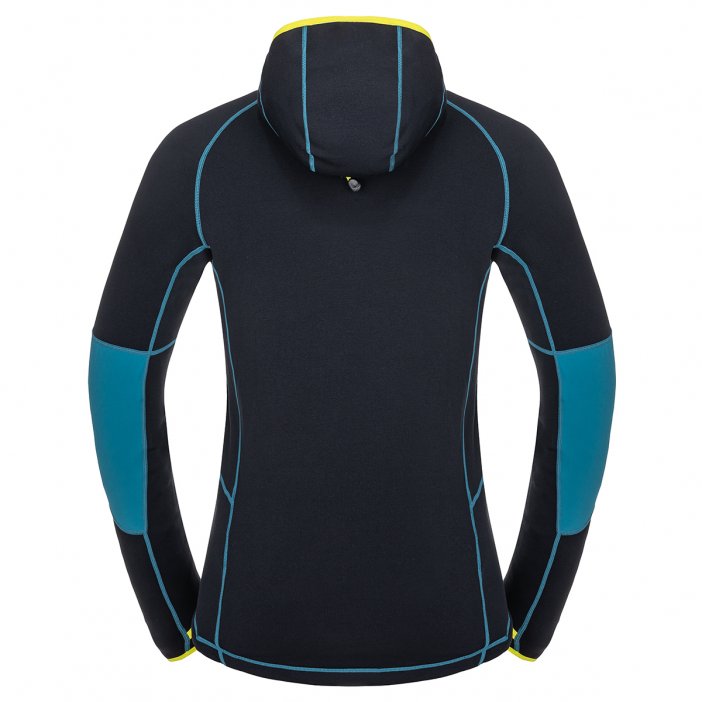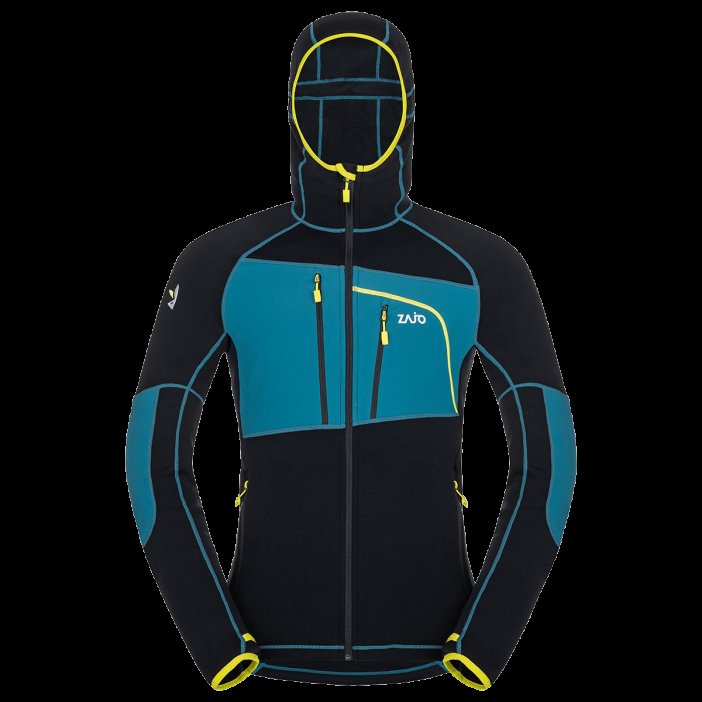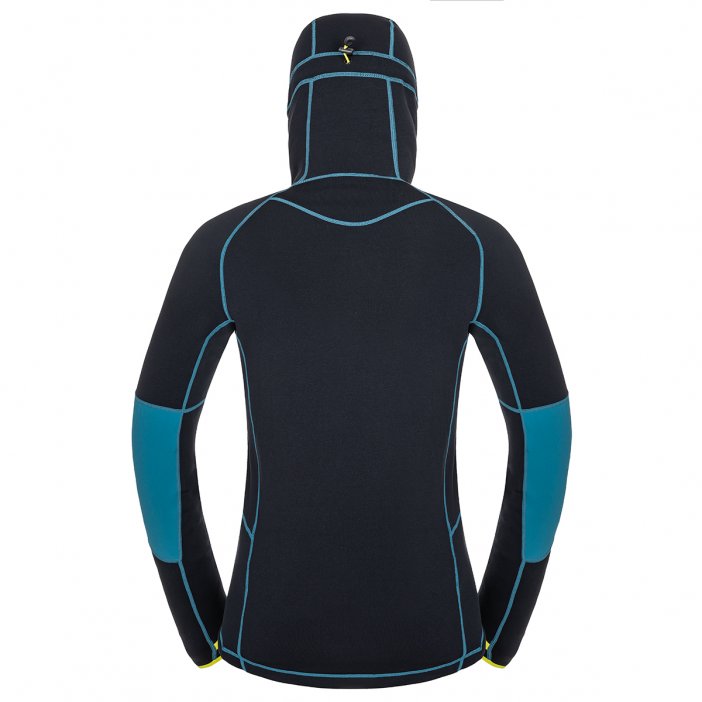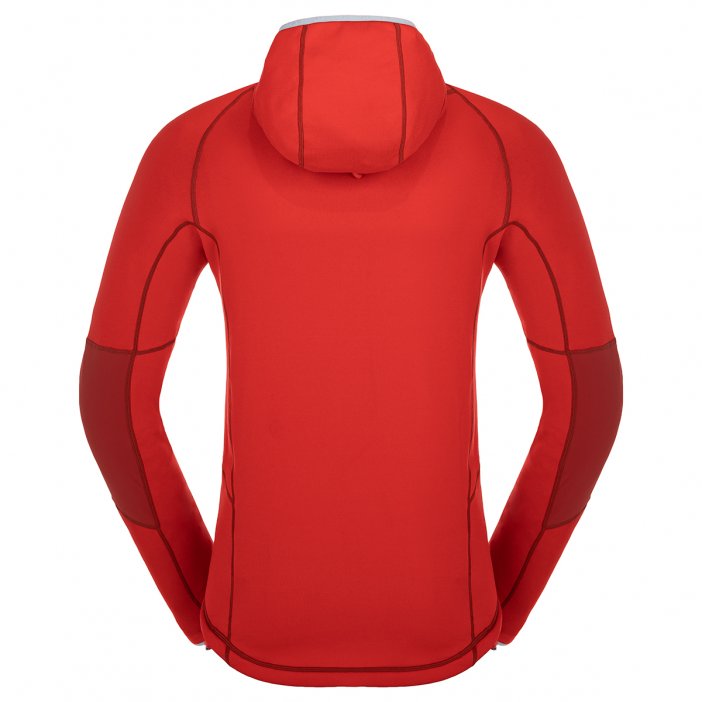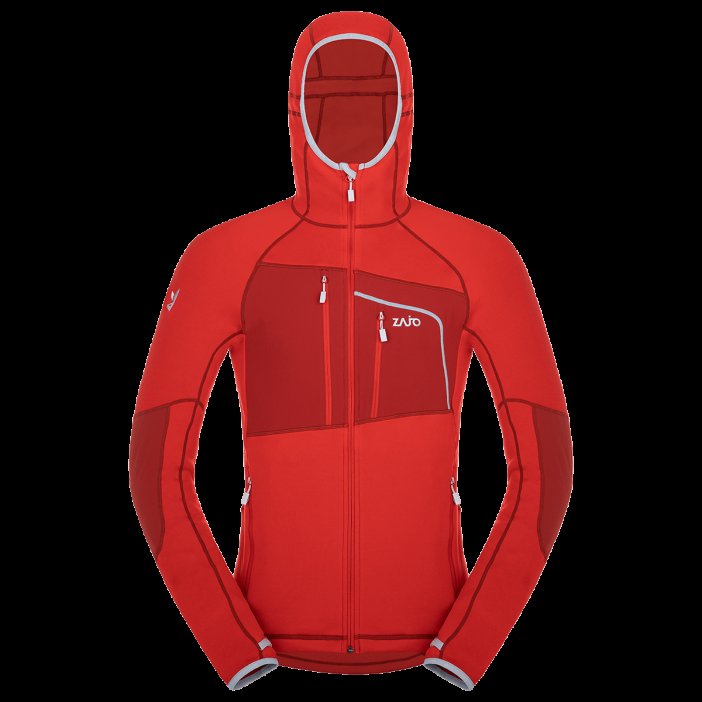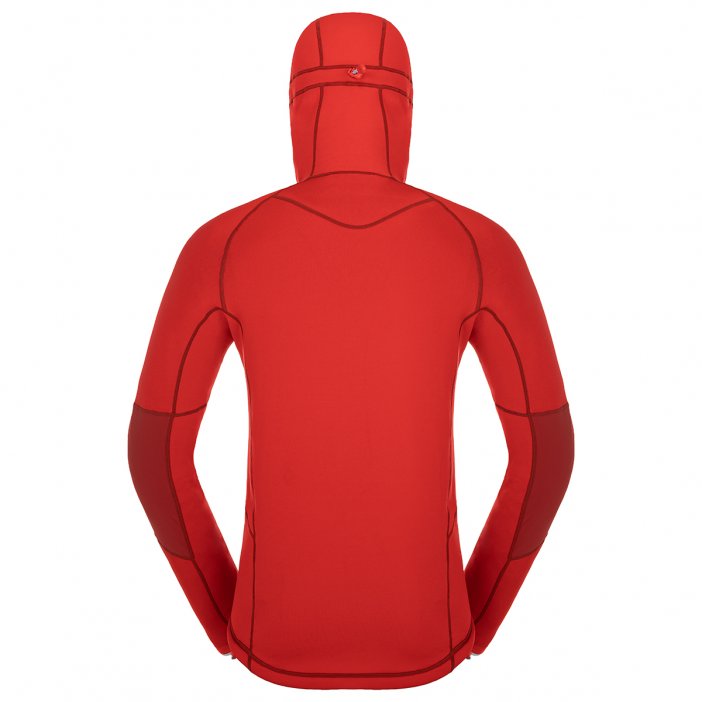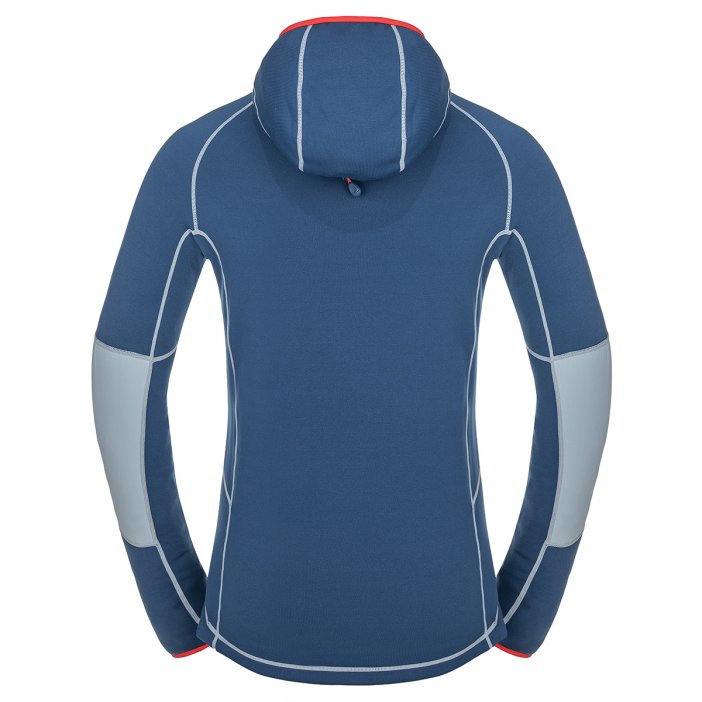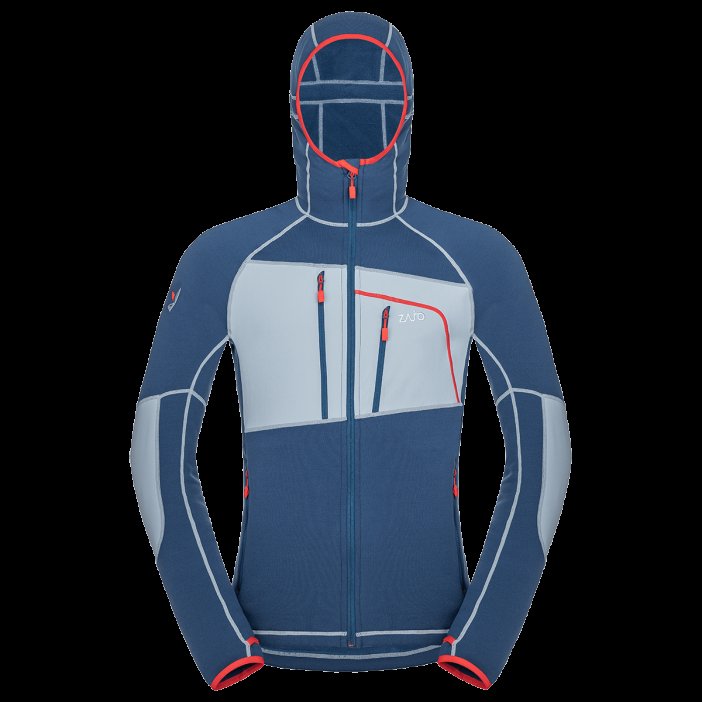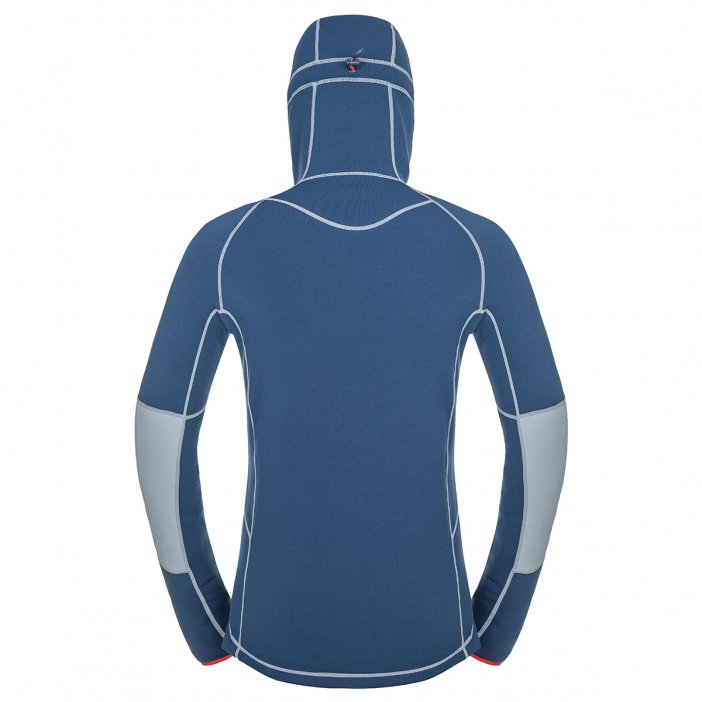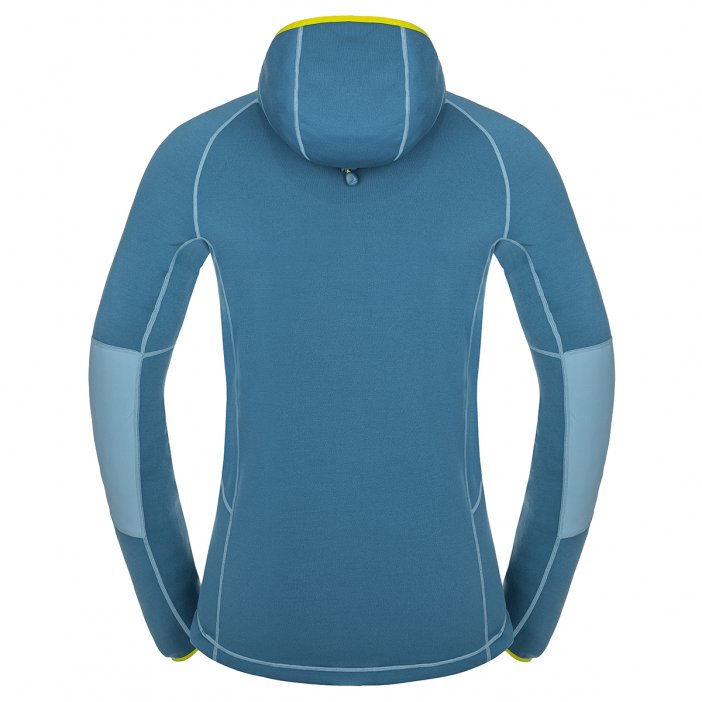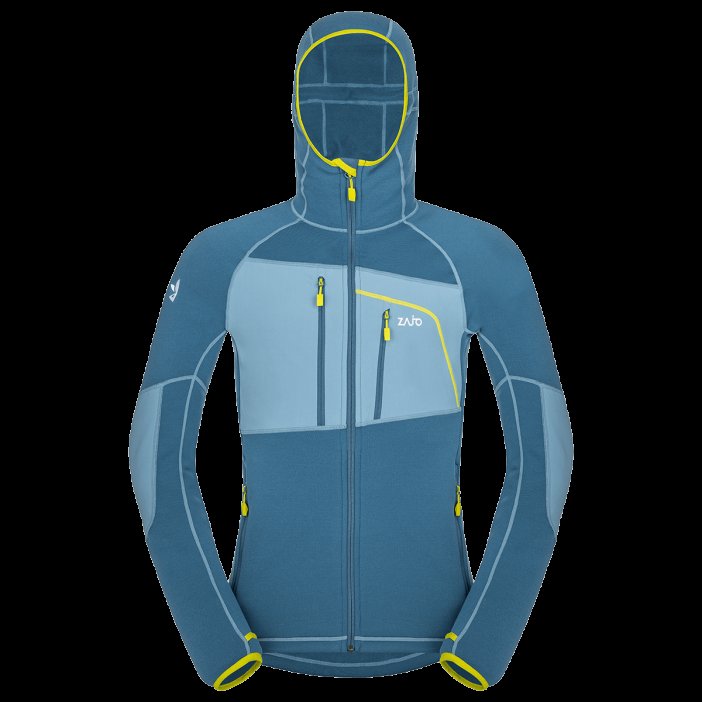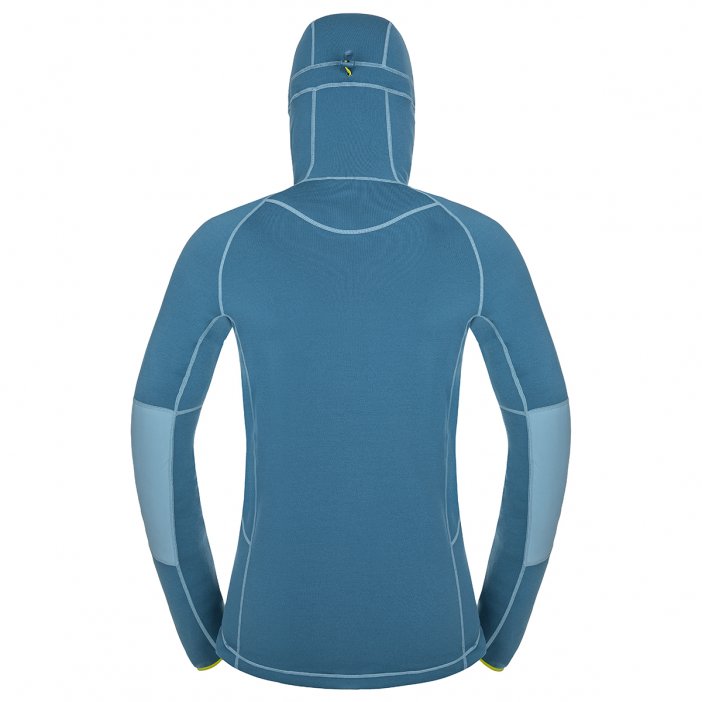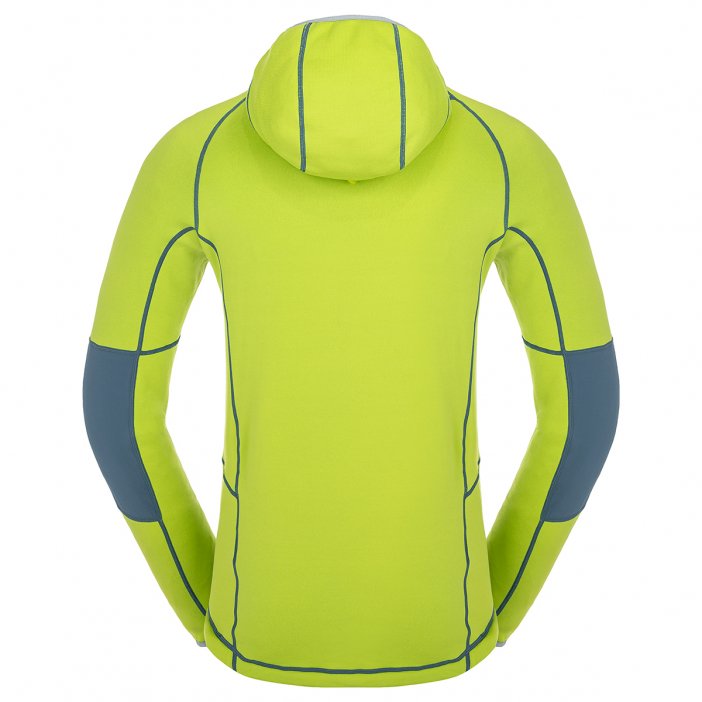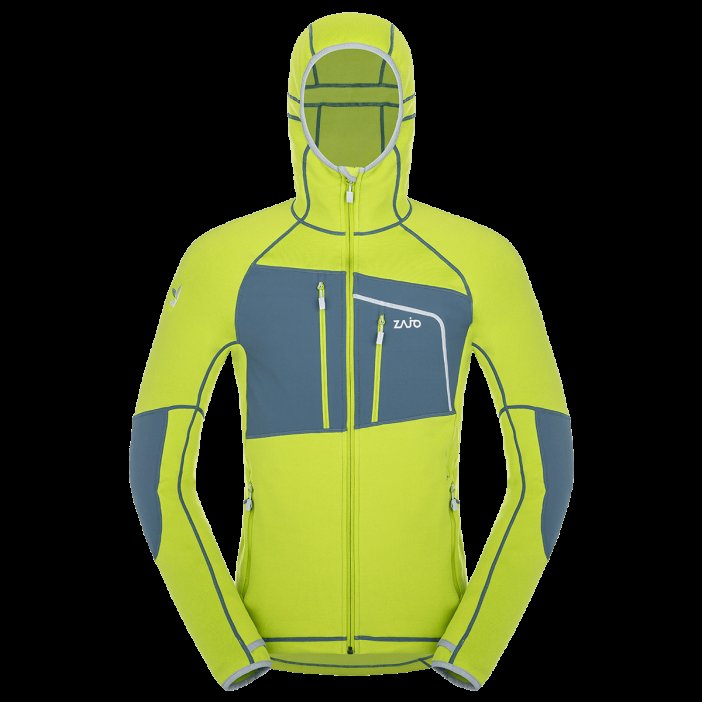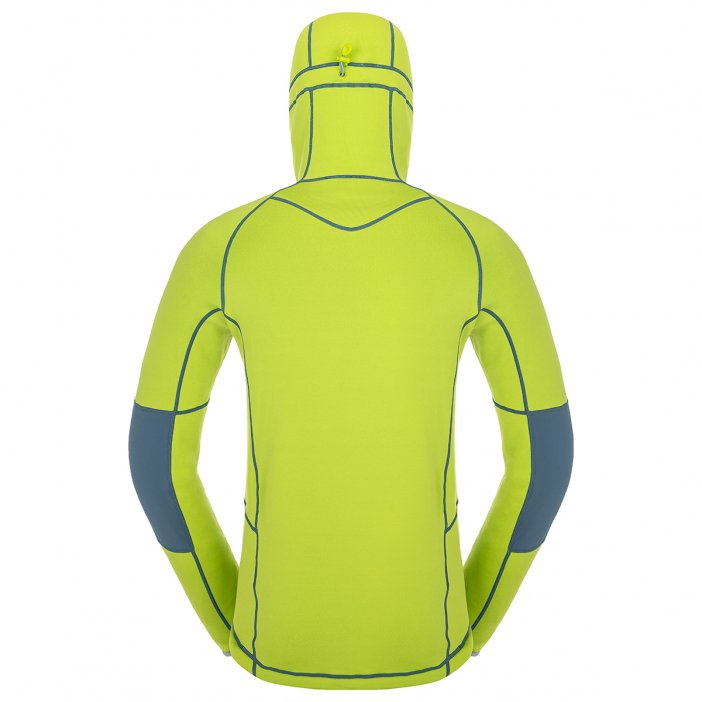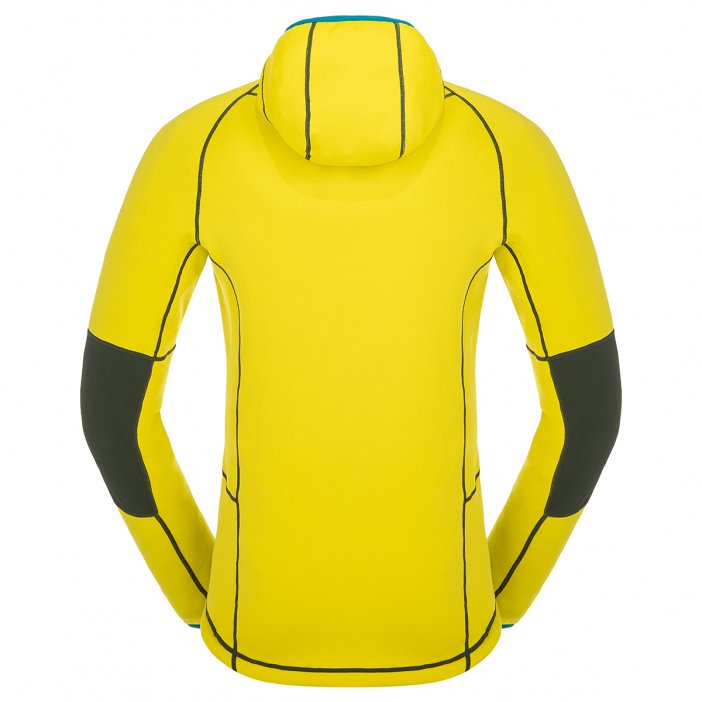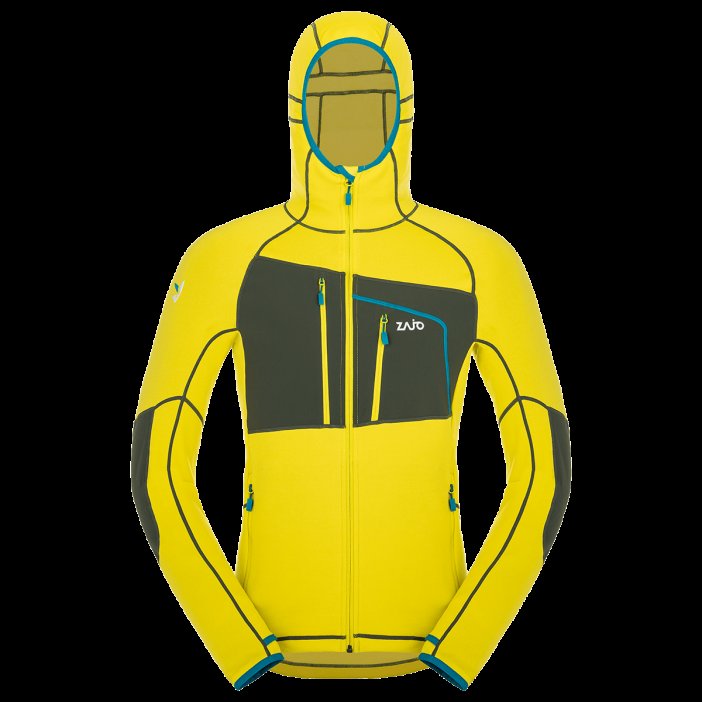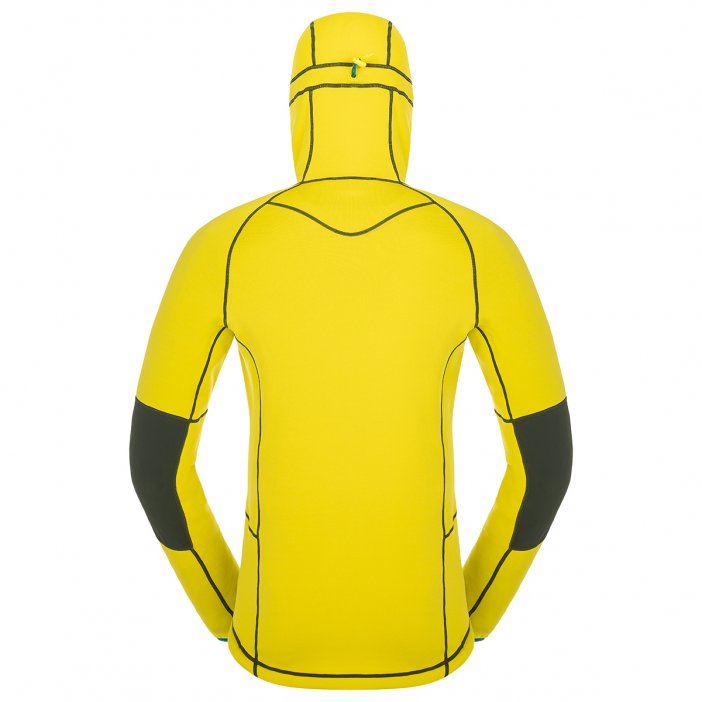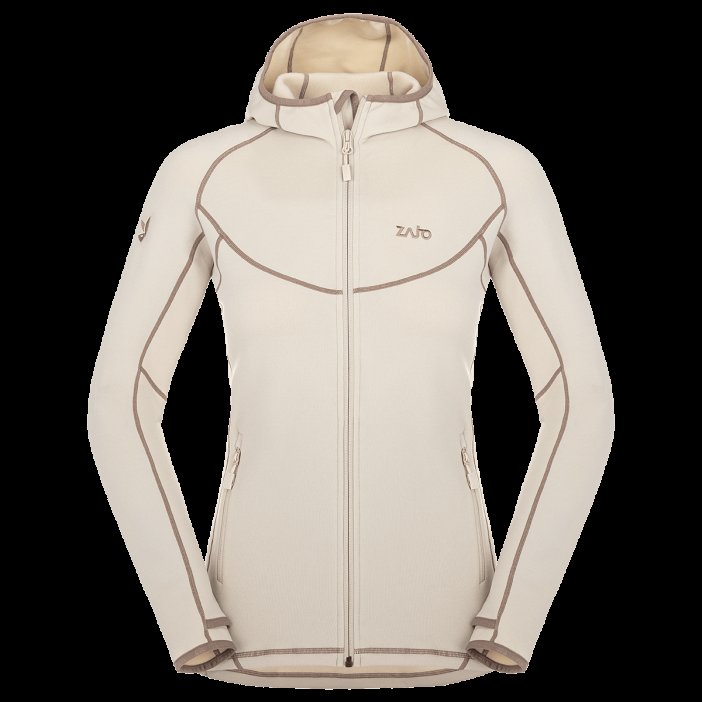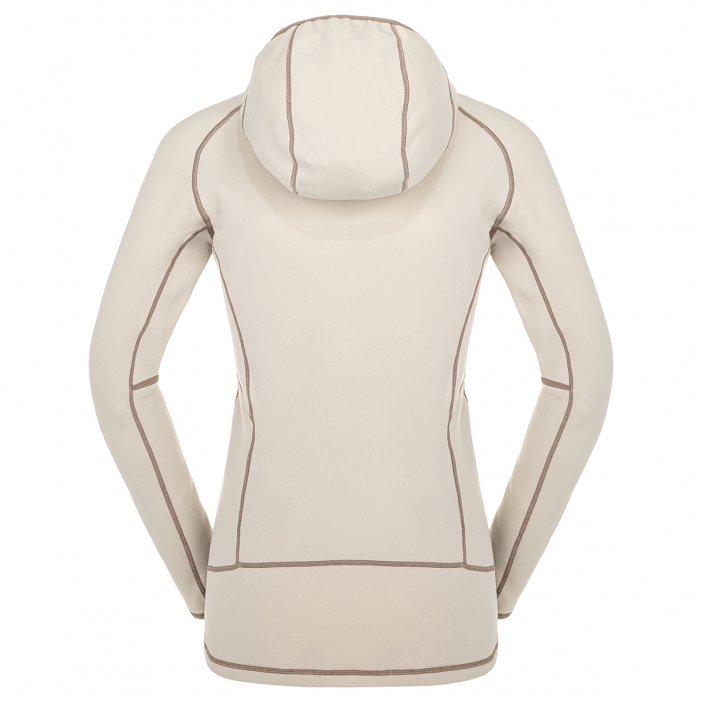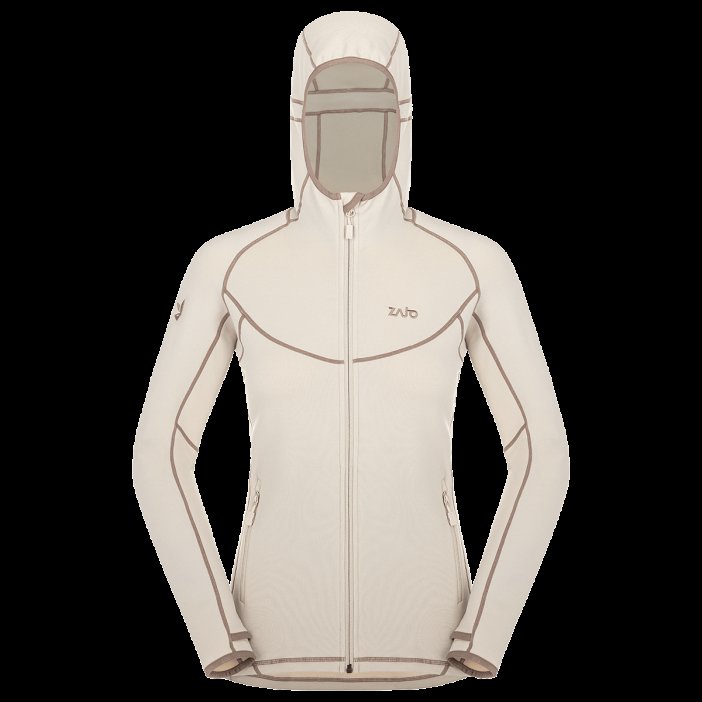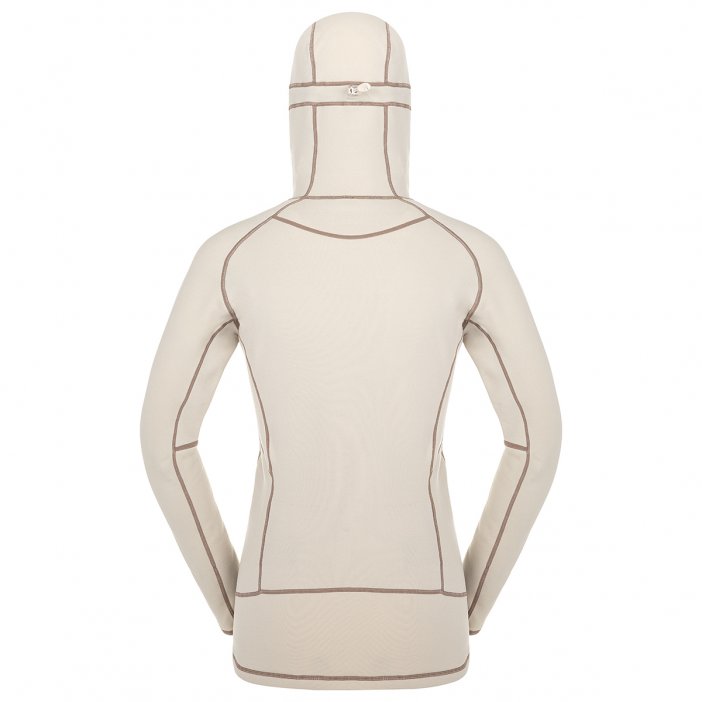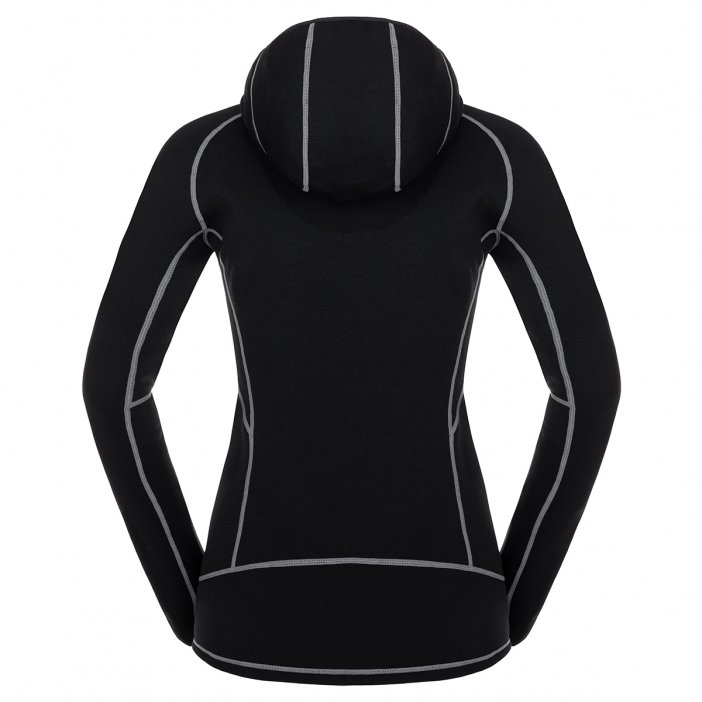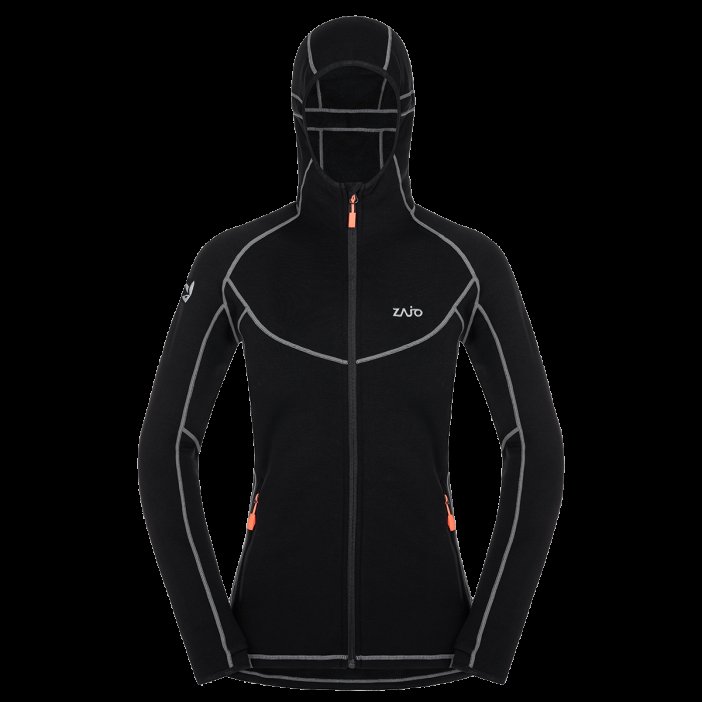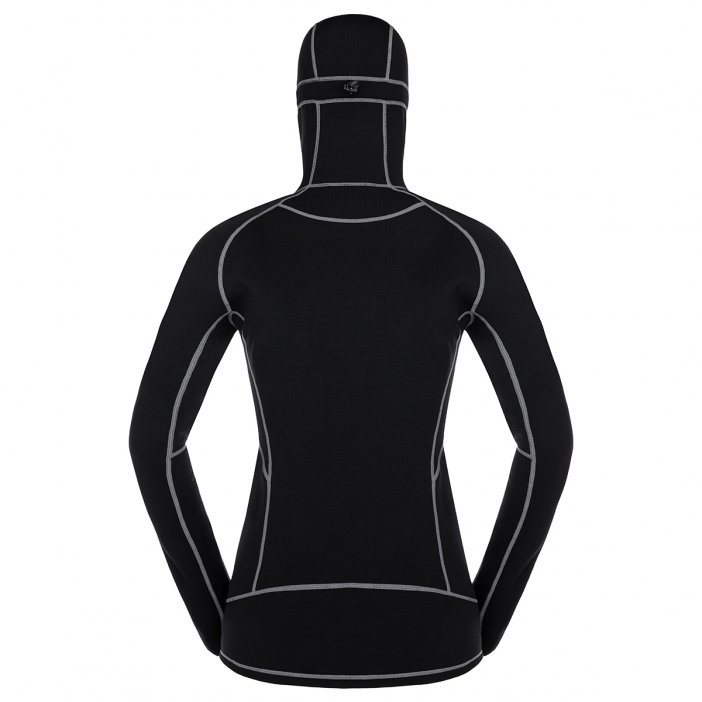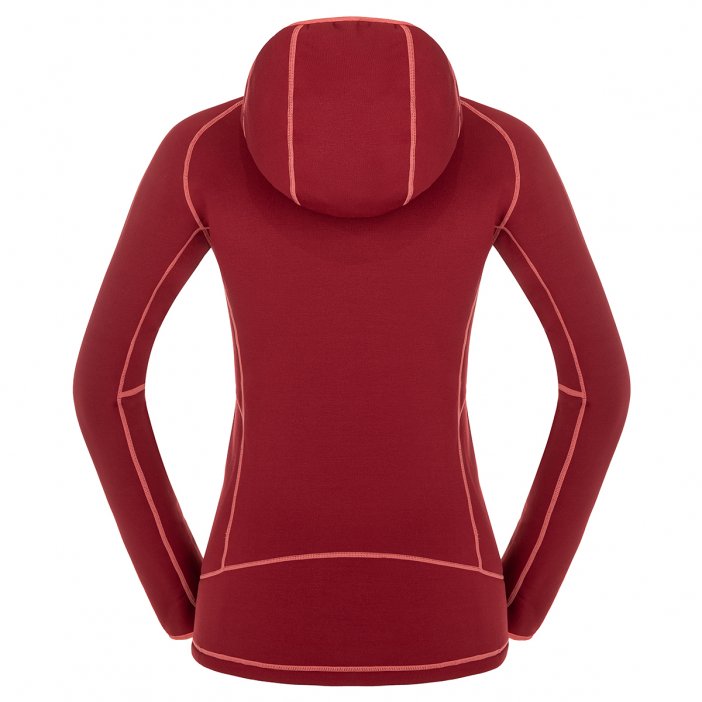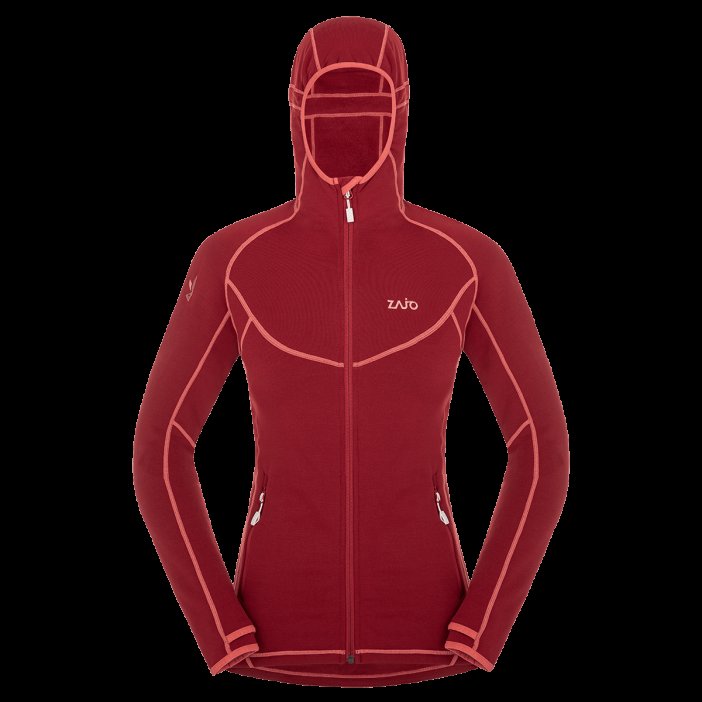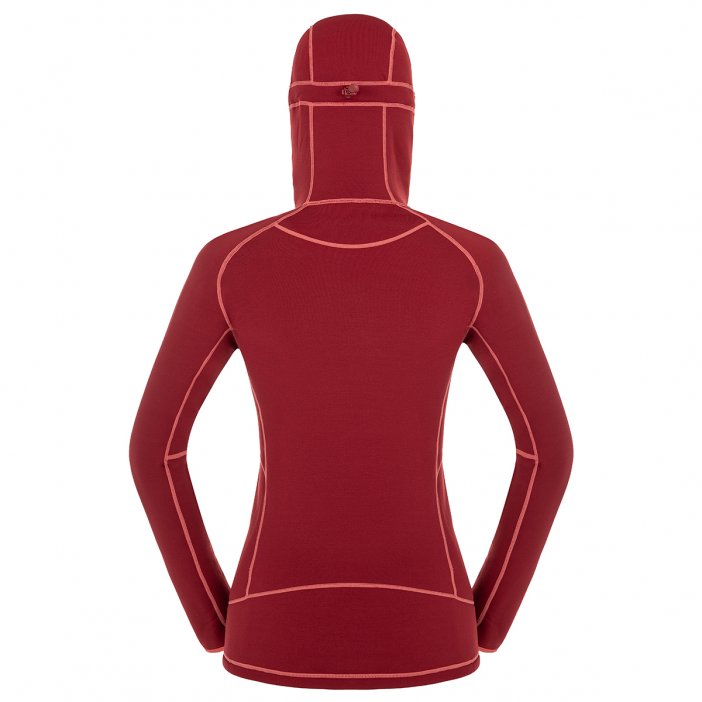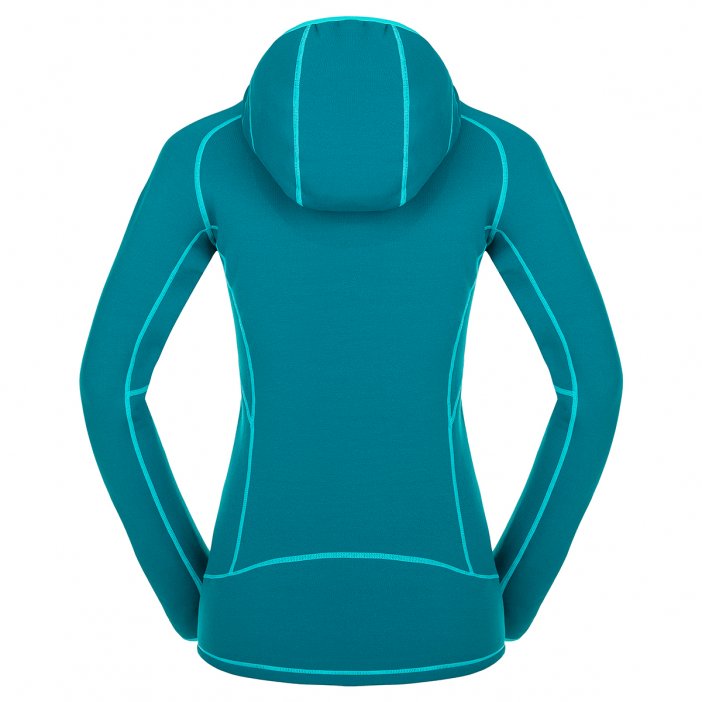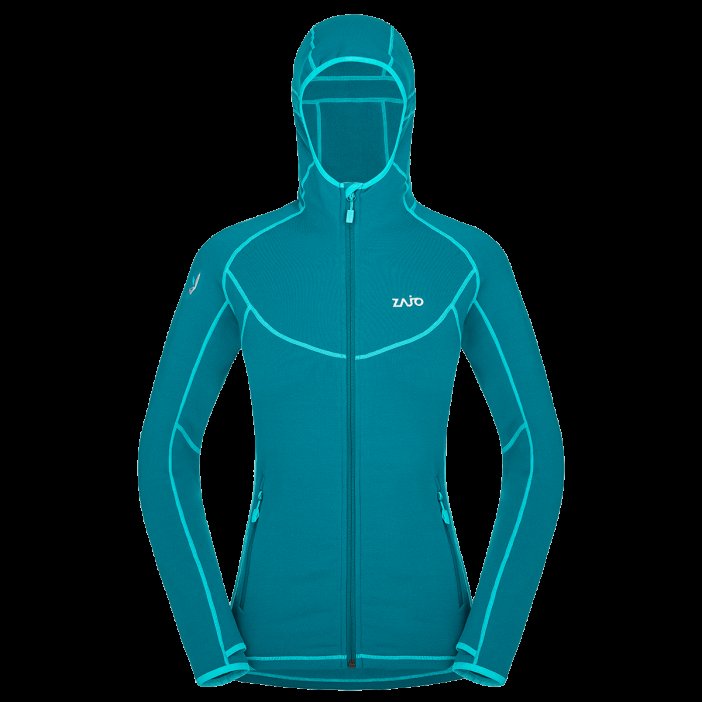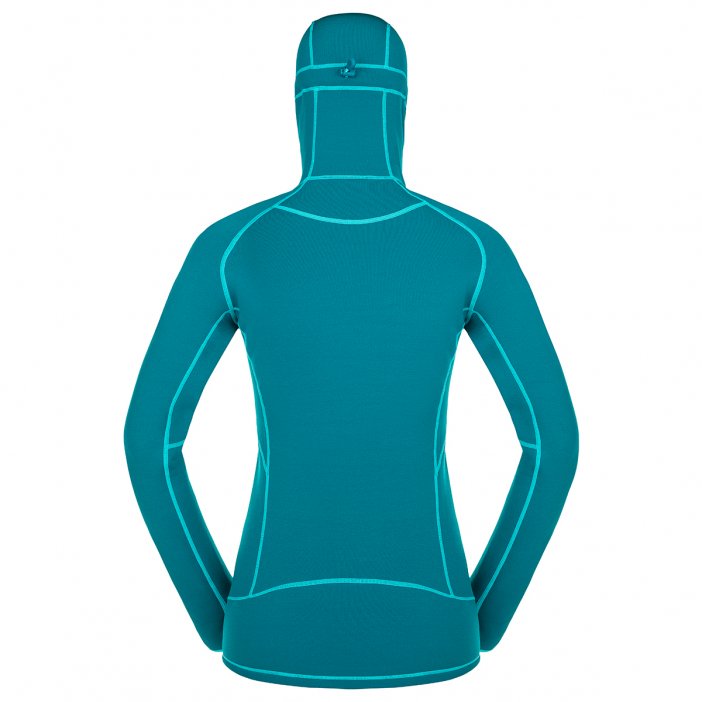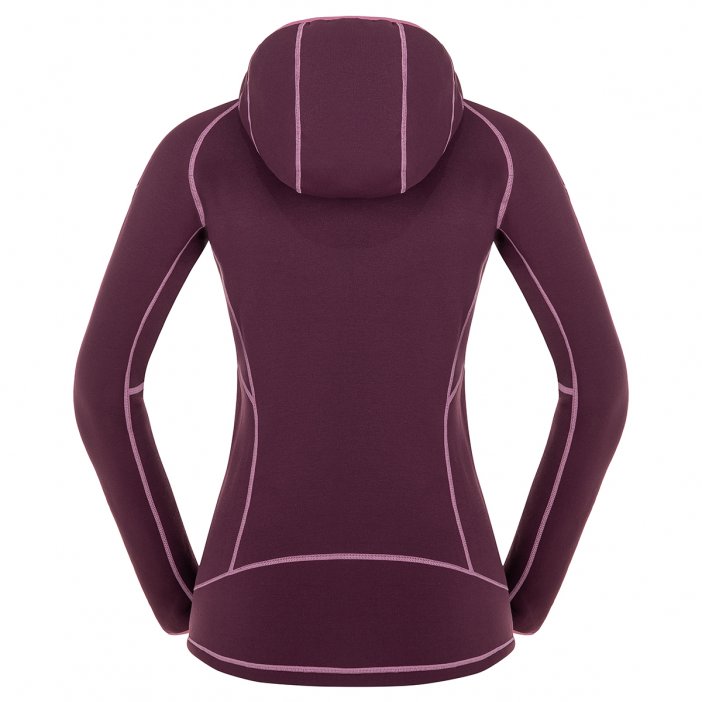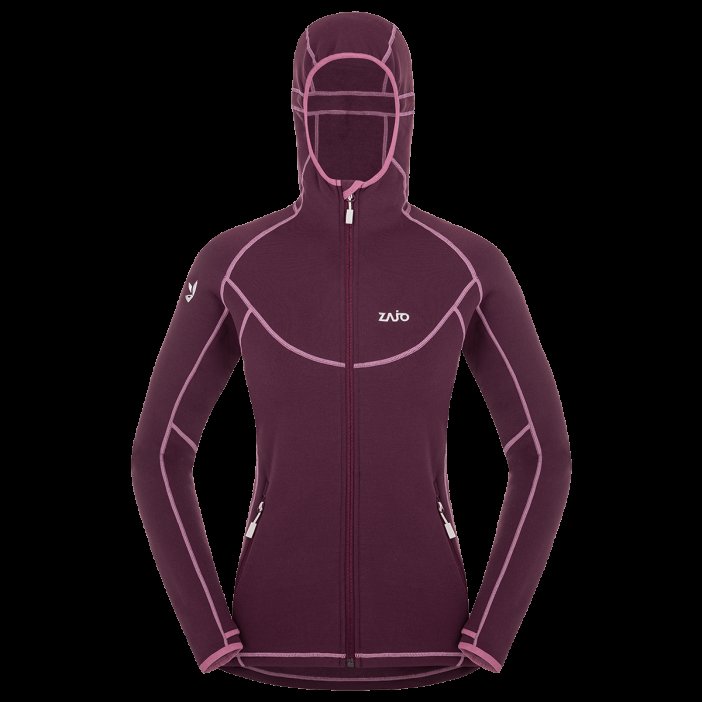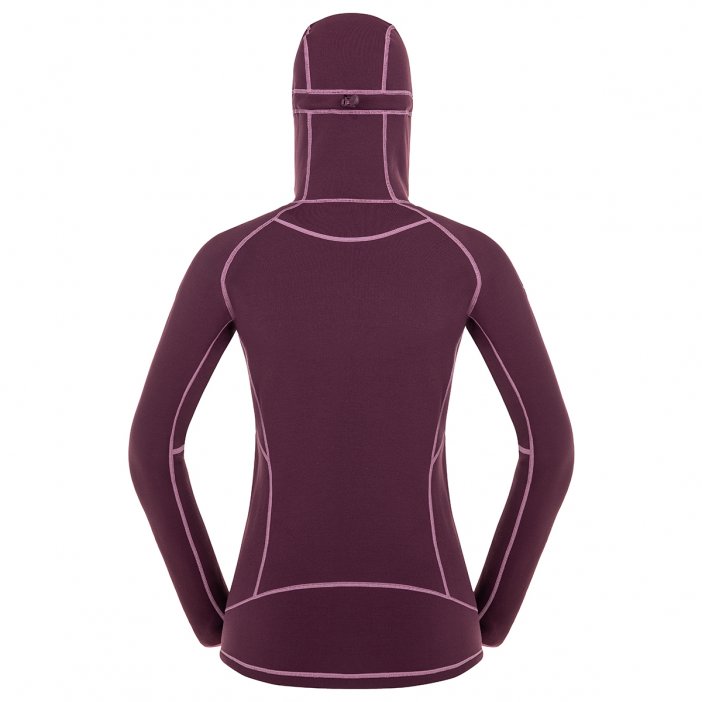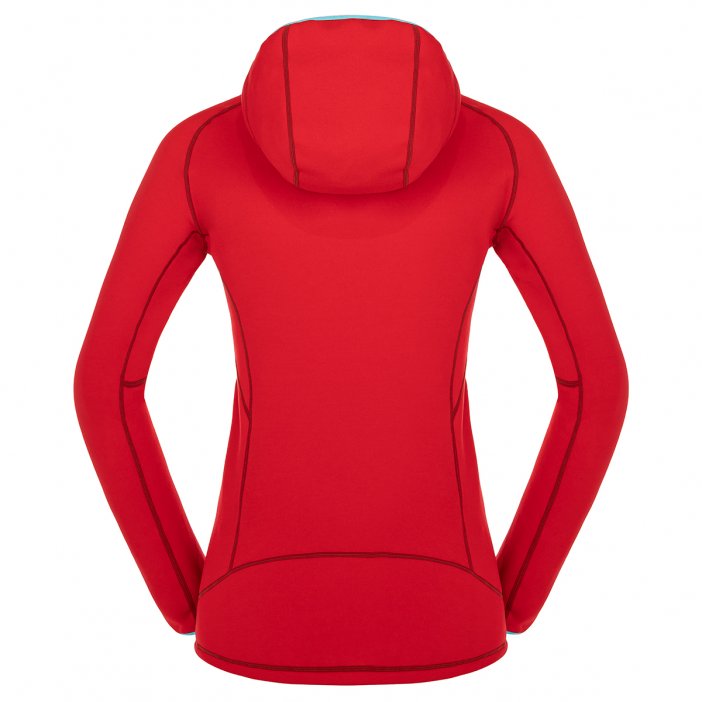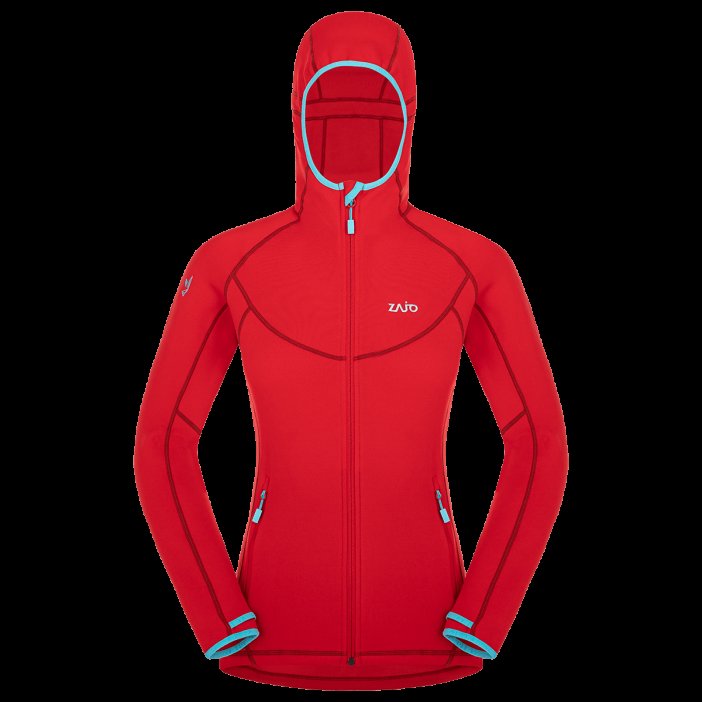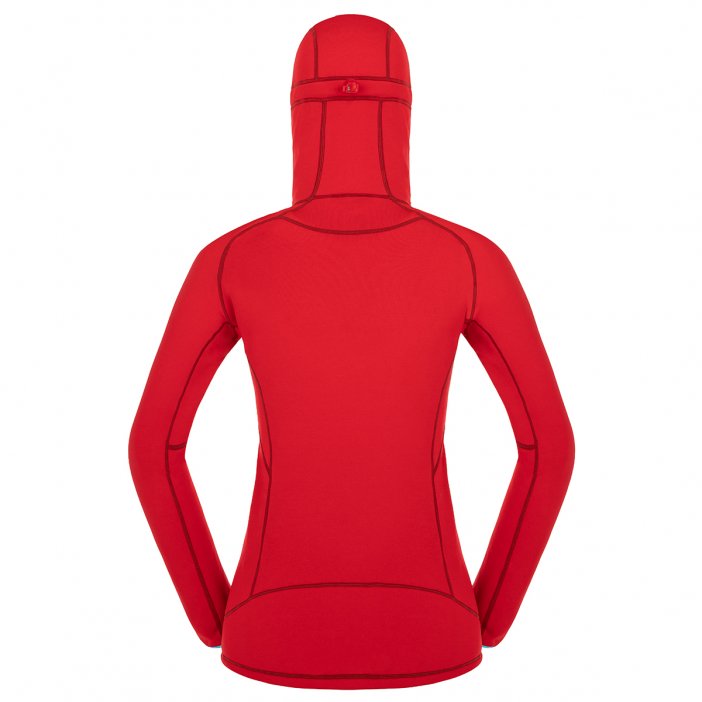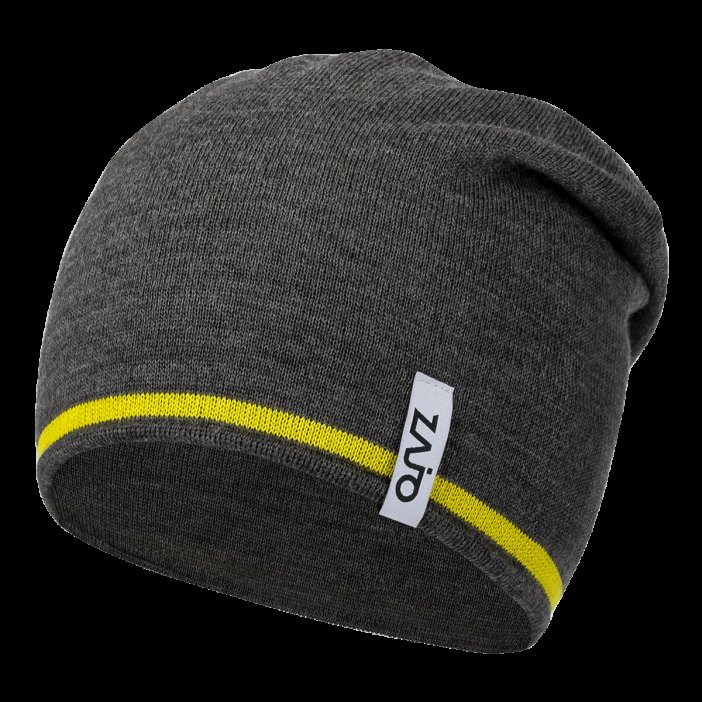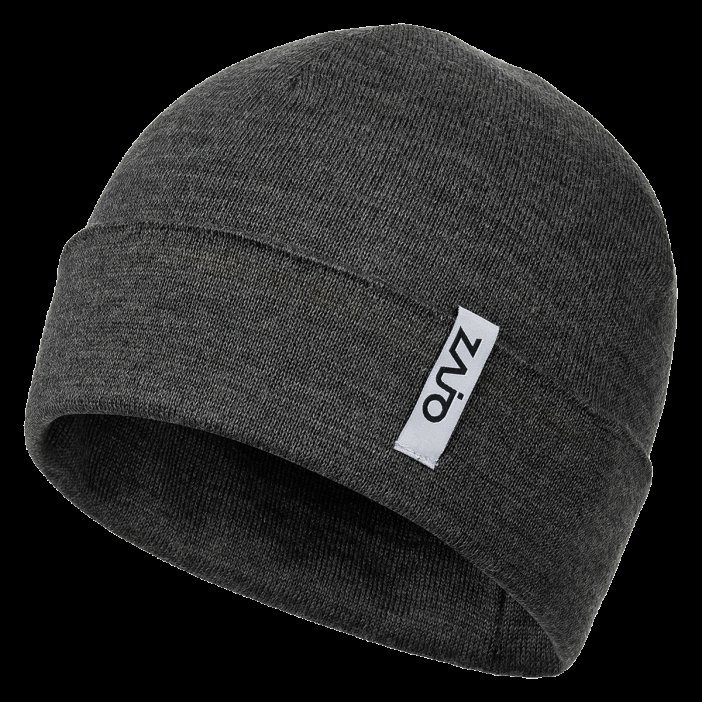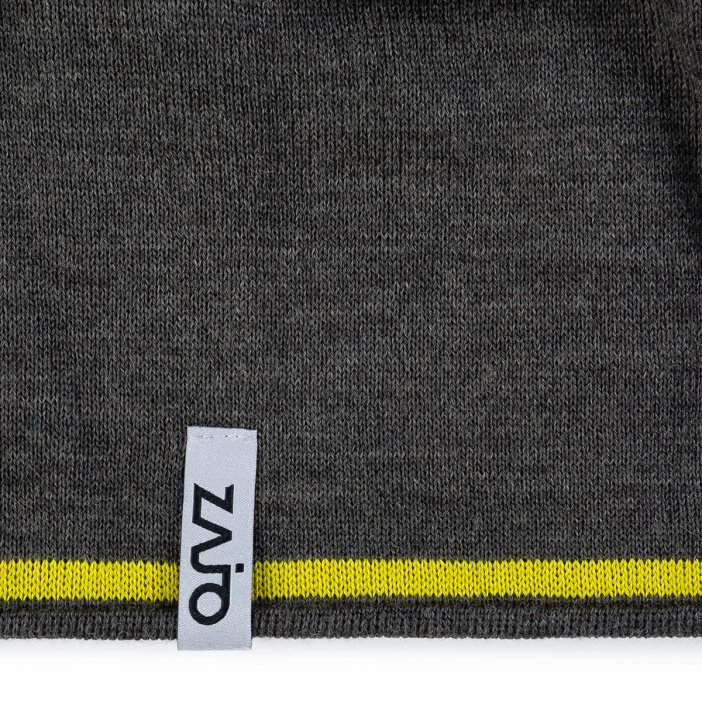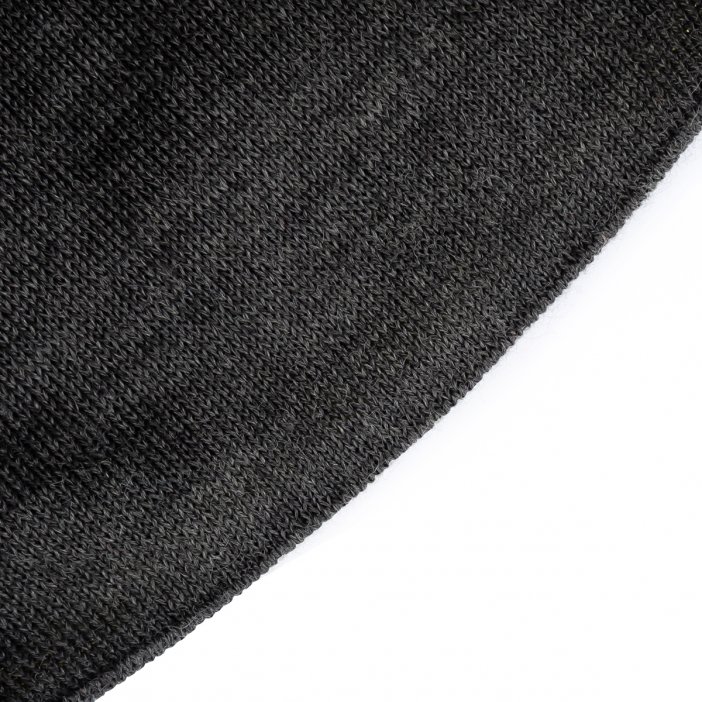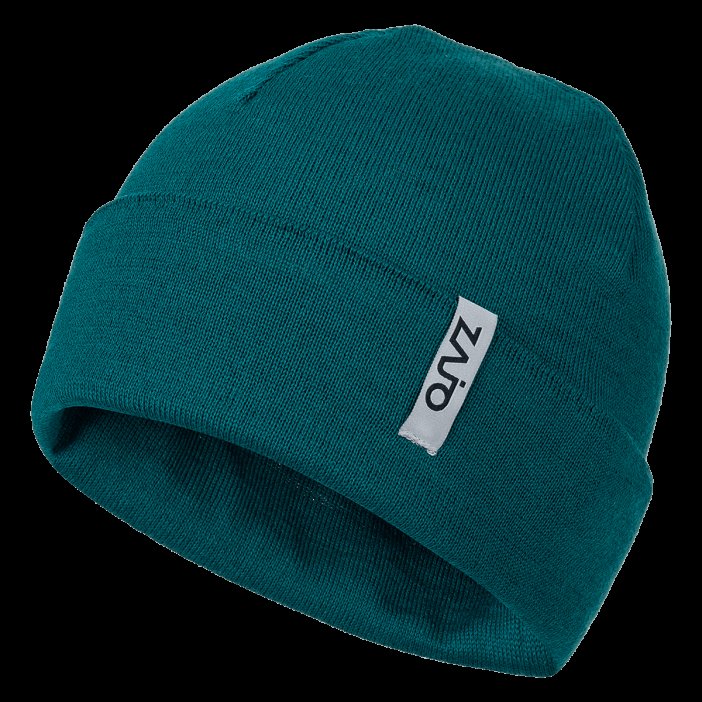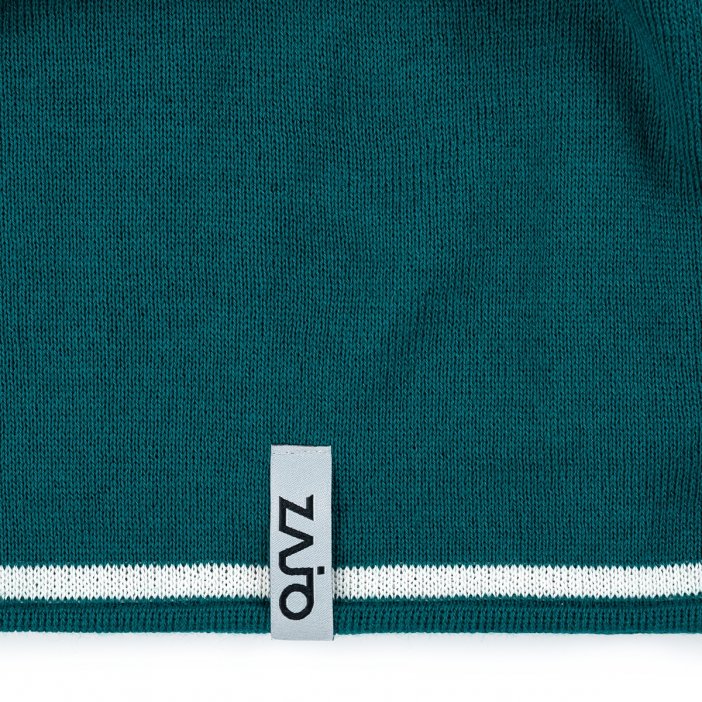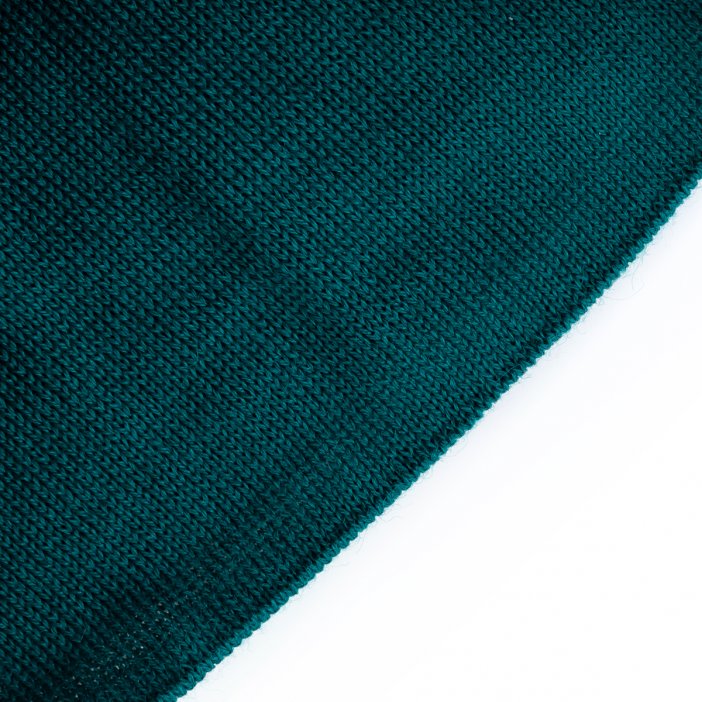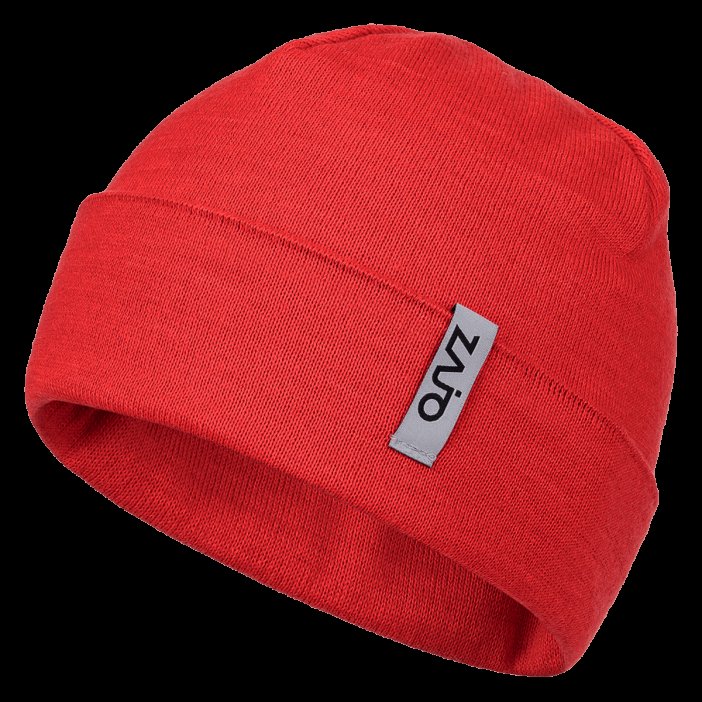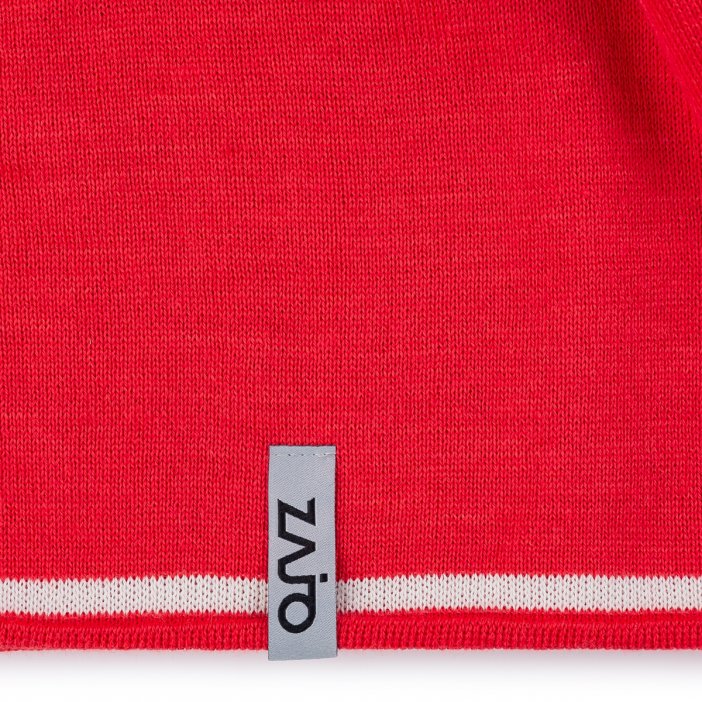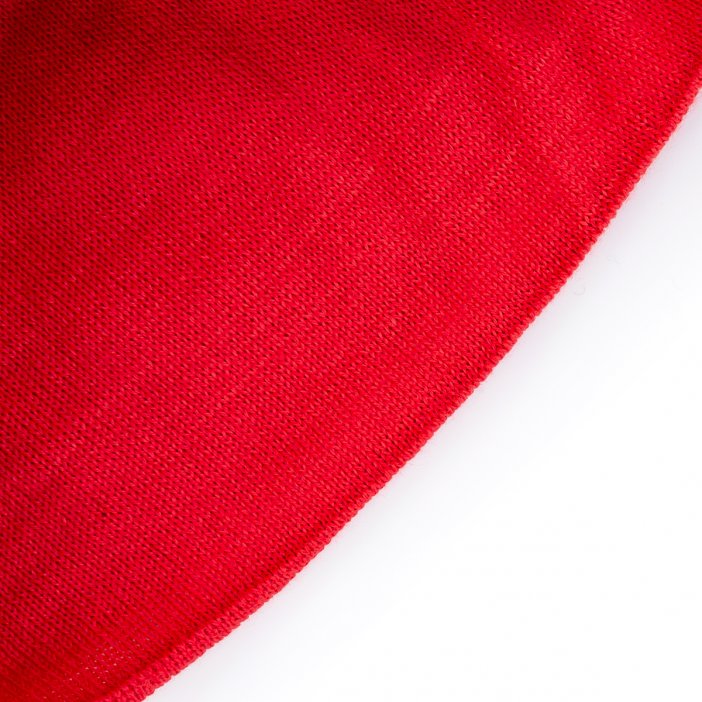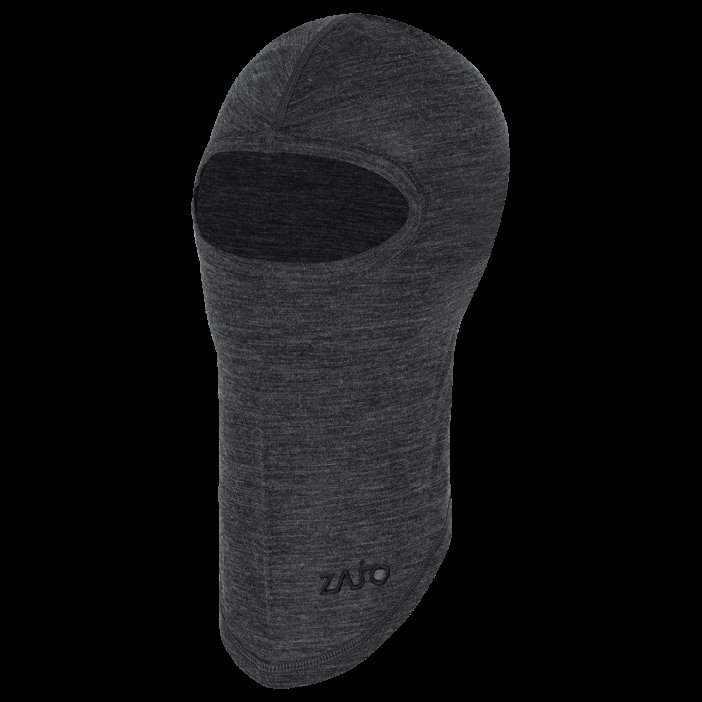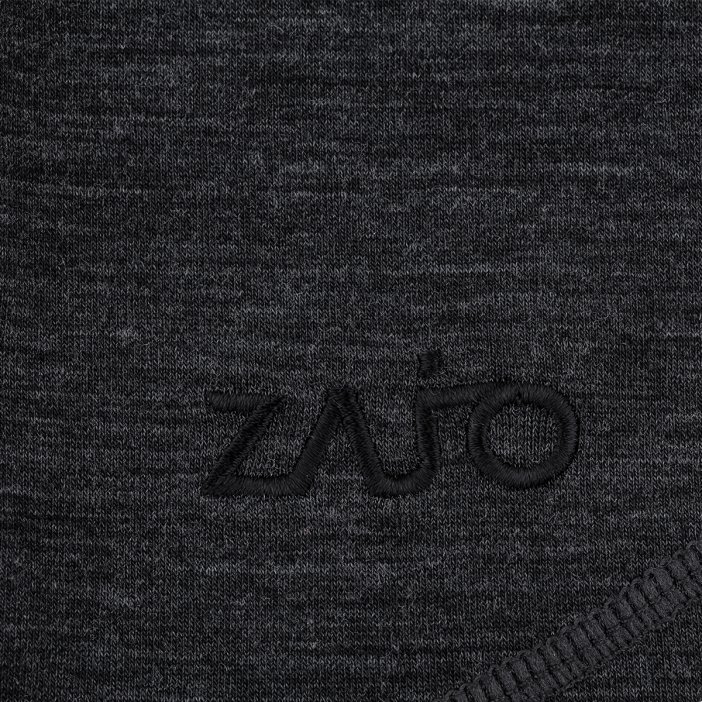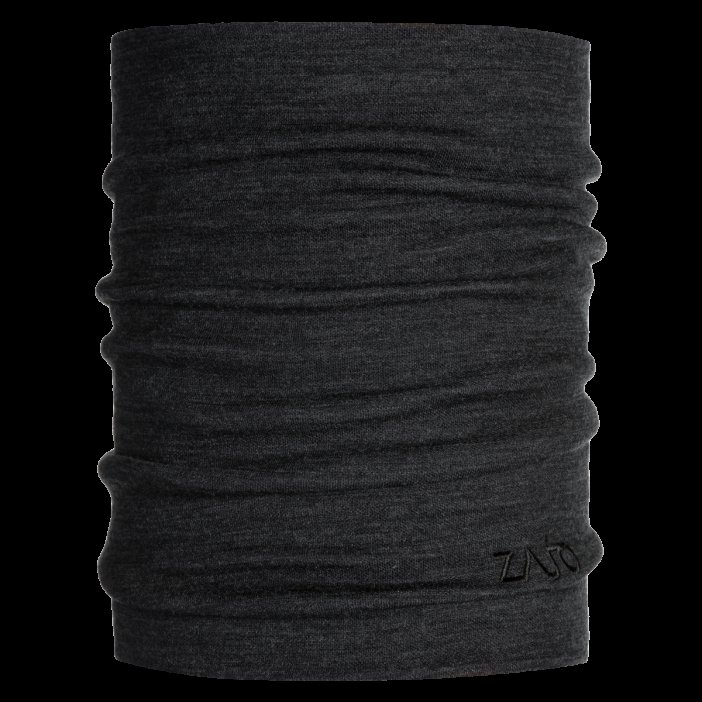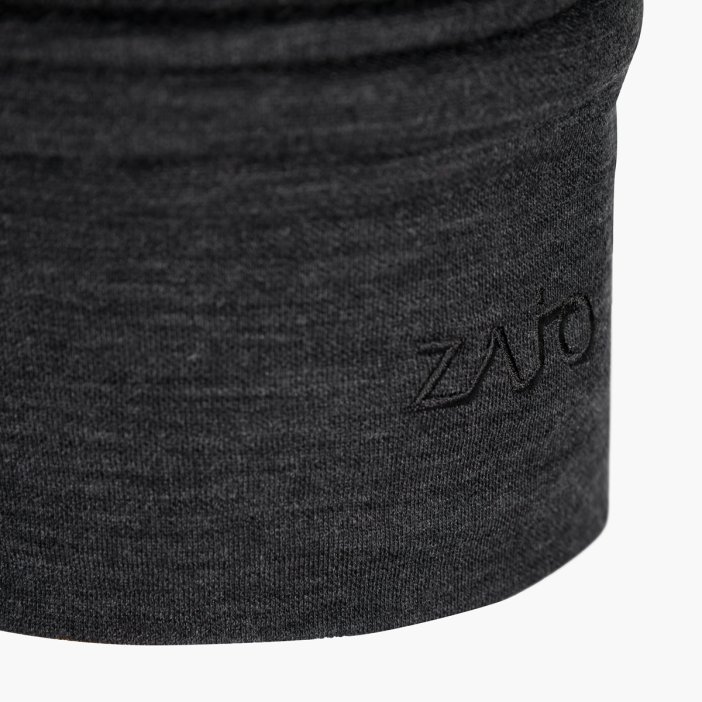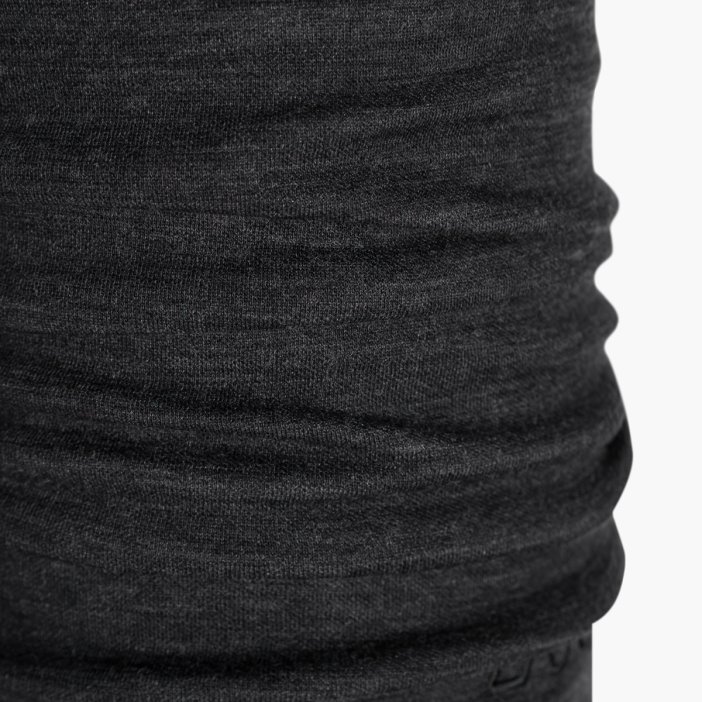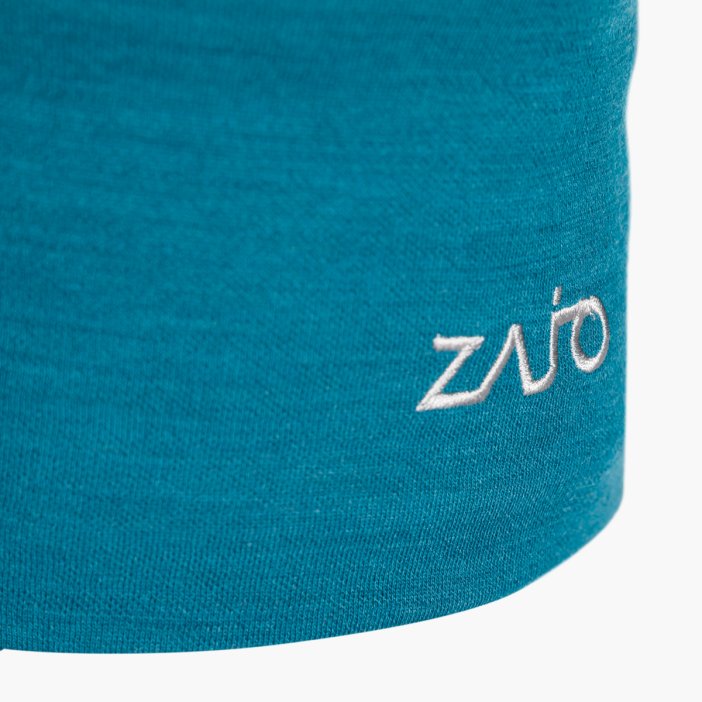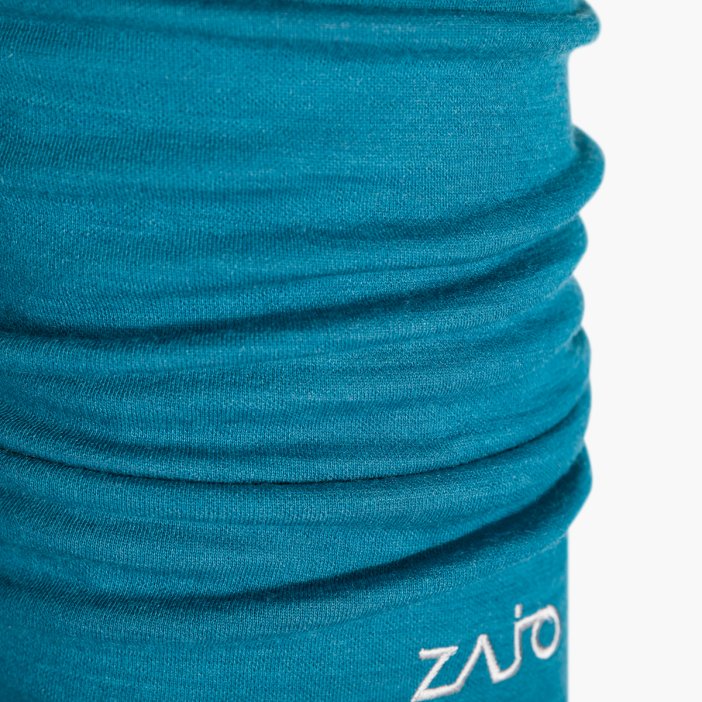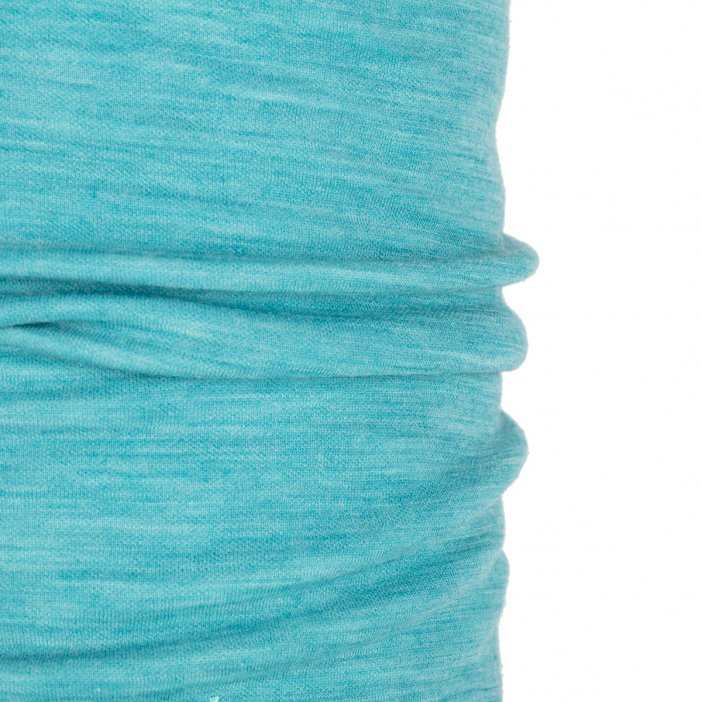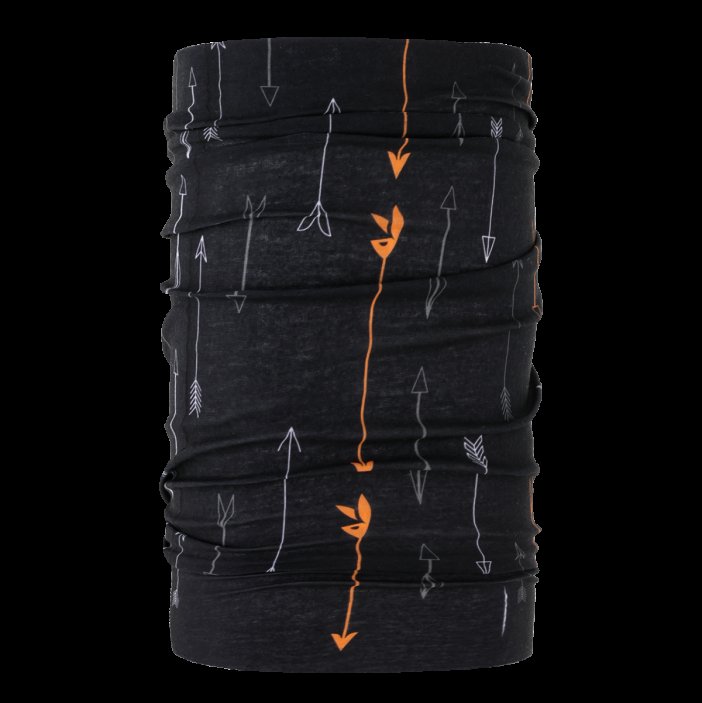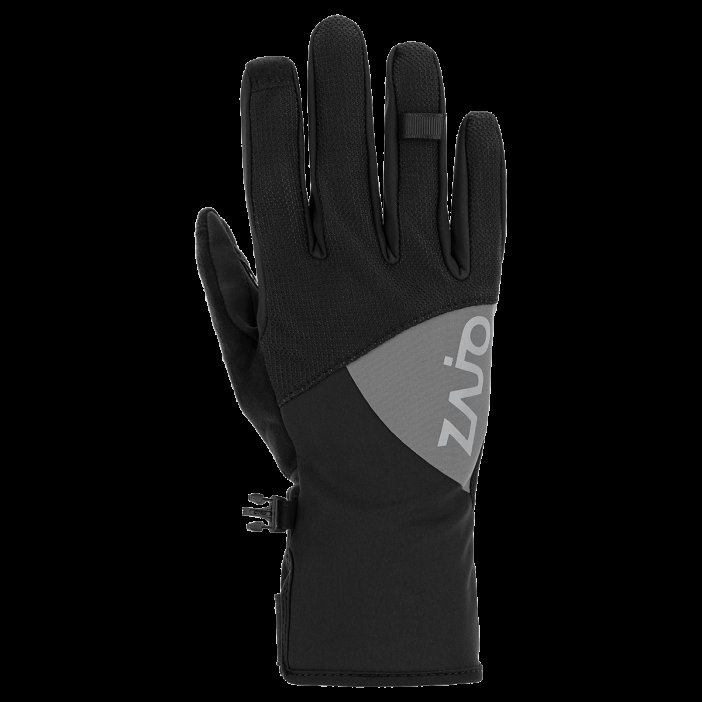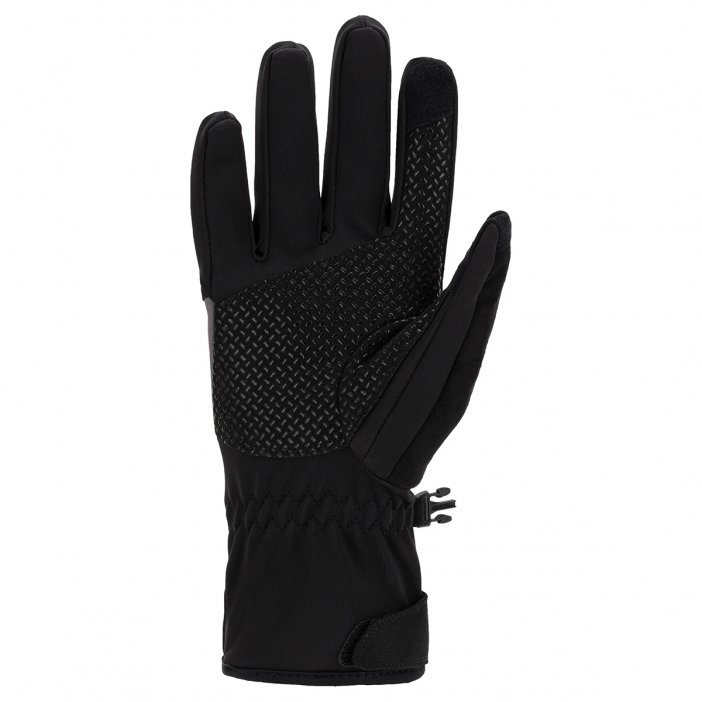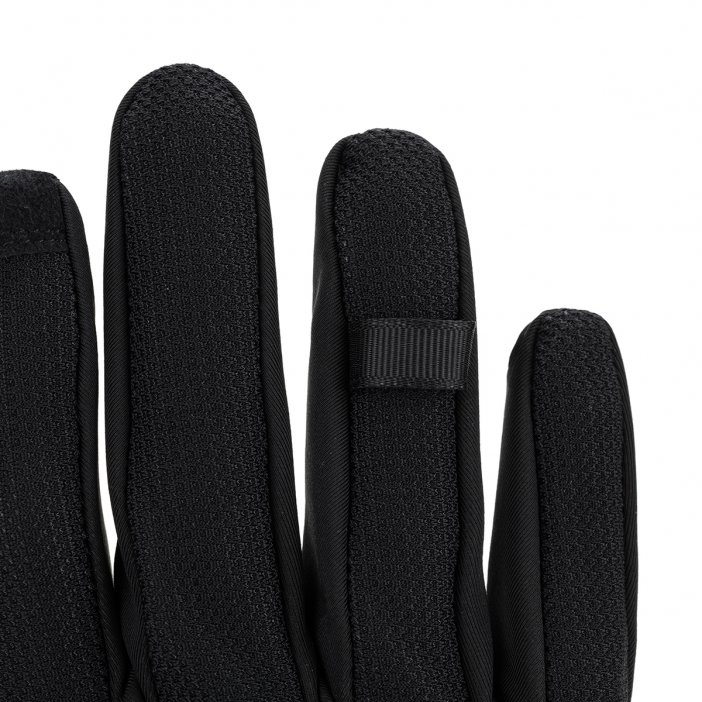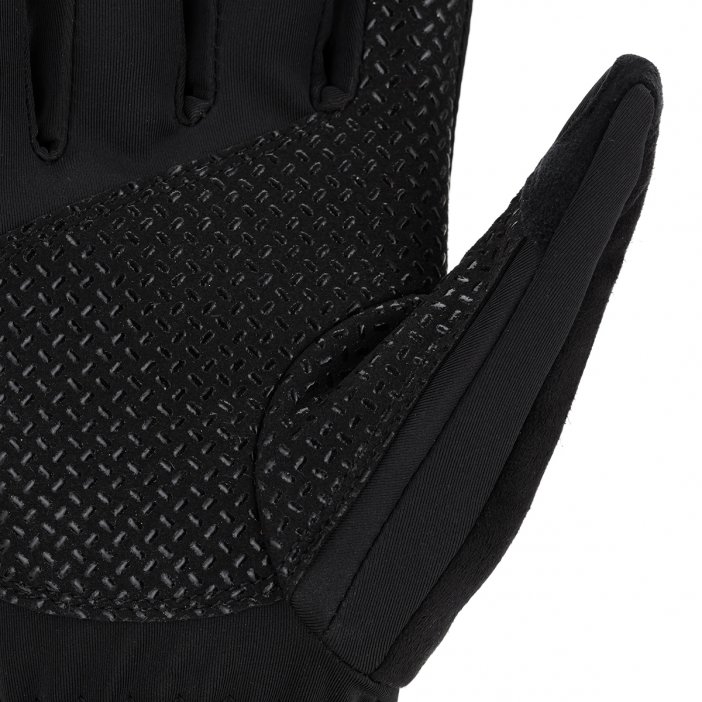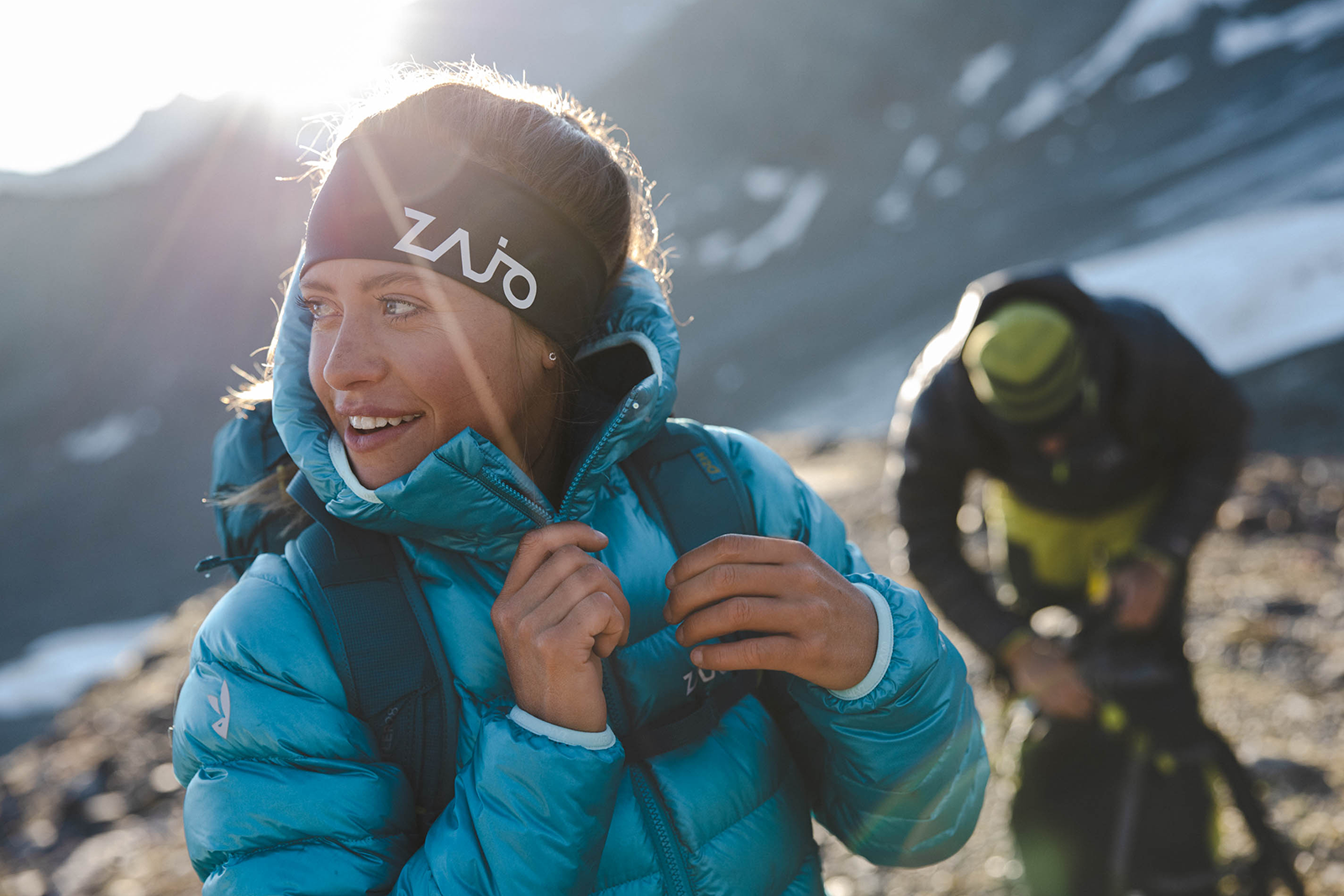How to protect yourself from the wind on a hike?
When planning a hike, watching the weather forecast is a must, but we often focus our attention on the temperature outside and the risk of rain. Low temperatures can be handled by the layering principle, light rain is welcome at times, but wind can make hiking really unpleasant at any time of year. Not to mention that it can also be quite dangerous, especially in high mountain terrain.
The wind is something you need to be prepared for, something you need to keep an eye on in the weather forecast beforehand, and is also the reason why windproof clothing is a must on your adventures.
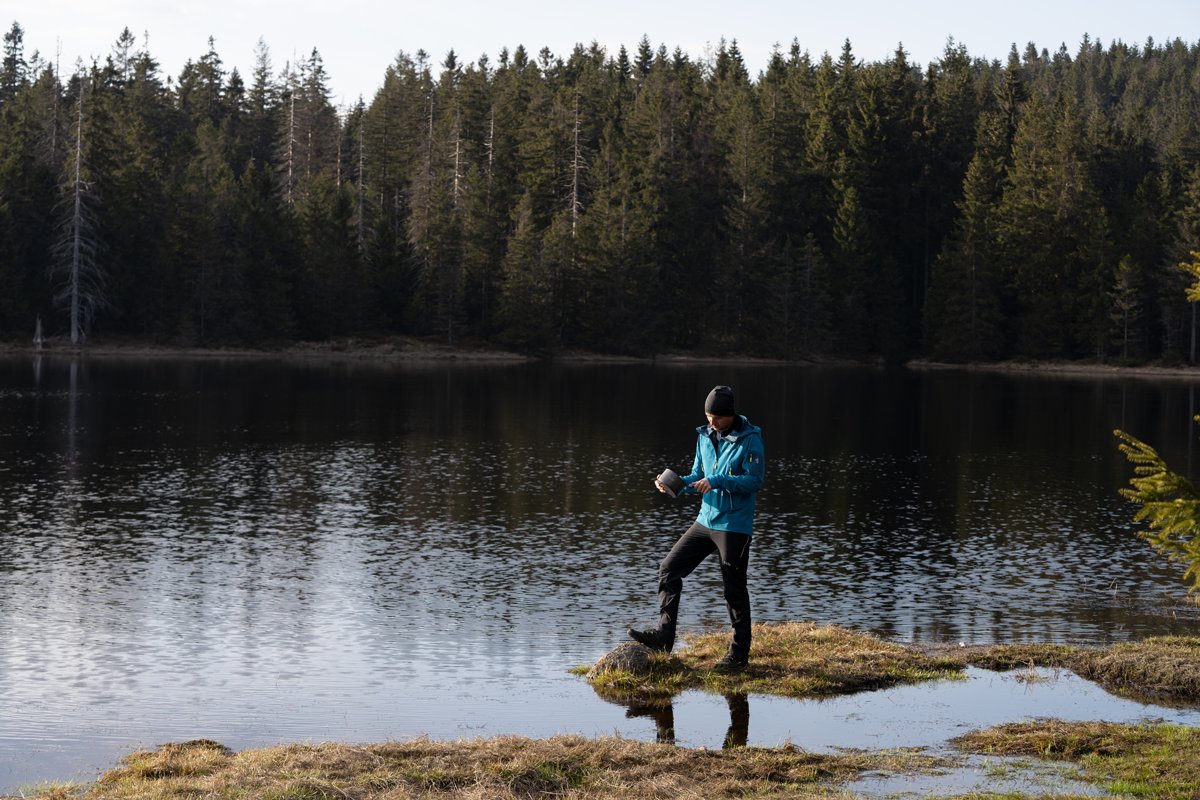
What is wind resistance?
Wind resistance is, as the name suggests, the ability of a material to block the wind. A windproof material can effectively physically block the wind from penetrating through your clothing to your body, keeping the temperature under your clothing stable and comfortable.
Windproofing is a very important factor when choosing gear, especially for hiking, camping, and even skiing.
How does windproofing work?
Windproof clothing doesn't let the wind through due to the outer material acting as a physical barrier. This can be achieved in three ways:
1. Membrane materials
Materials like eVent have a membrane in their structure that is breathable, waterproof and windproof. This membrane acts as a physical barrier against wind penetration - it contains millions of micropores that are small enough to not let water or air through their structure, yet large enough to draw sweat and moisture away from the body and outwards.
2. Densely woven materials
The second way to make a material windproof is by the density of the weaving - the more densely woven the material, the more effectively it can prevent wind penetration through its structure. This principle is often used in softshell jackets, fleece jackets, but also wool products.
The advantage of these materials is that their ability to wick away moisture is, by default, much better than that of membrane materials. In addition, these materials are able to hold air within their structure and create tiny air bubbles that act as a thermal insulator, making them even more effective at keeping your body warm.
However, as the density of the weaving increases, the rate of moisture-wicking ability decreases, so finding the right balance is essential.
3. Surface windproof treatment
The third method is to apply a windproof finish directly to the material. This layer is usually made of silicone or polyurethane and acts as an invisible barrier against air penetration, thus protecting the wearer.
Pay attention to details
What is true for waterproof materials is also true here. Even the best material will not fulfil its purpose if the details are forgotten. Especially important are the critical areas susceptible to air infiltration, such as zippers, buttons, cuffs, rubber band holes, etc. These details should be tailored on a quality jacket to serve the same purpose as the material itself.
However, wind protection is not just about choosing the right jacket and trousers.
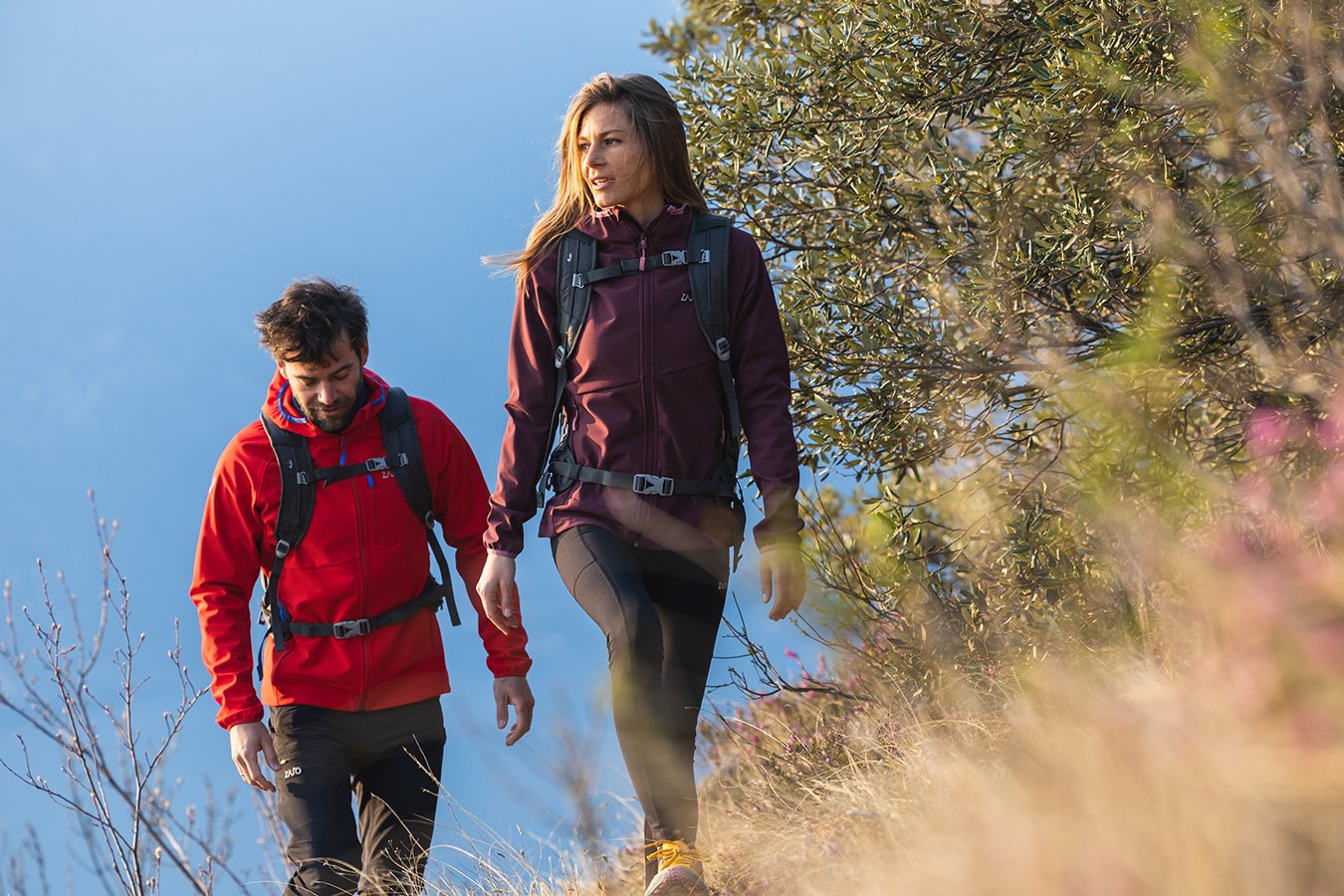
How else to protect yourself from the wind?
Always wear a hat - Without headwear you'll lose a lot of heat, so protect your head and ears with a good quality hat to keep you warm and comfortable. All of our caps are made from wool which, as already mentioned, is able to protect from the wind when woven at a sufficient density, has great thermoregulating properties and wicks moisture away excellently.
Protect your hands - Our fingers and palms are the first part of the body to feel the unwanted effect of strong winds and they can become numb very quickly, which is not only uncomfortable but also dangerous in difficult terrain where you need a strong grip. So reach for gloves made of windproof materials that will protect your hands in the mountains and in sports all year round, not just in winter.
Protect your face - The wind can give our faces a hard time, not only in high winds but also when skiing. The first help is a multifunctional scarf, which can be used in a number of ways, including face protection, but in harsher conditions we would already reach for a balaclava, which provides more comprehensive protection.
Choose good quality socks - Even feet, although hidden in boots, can take a beating from the wind. Socks are an overlooked piece of equipment that we often underestimate, but it's quality socks that can make all the difference between enjoying a hike and coming home with frozen toes.

